Our daily rhythm alternates periods of concentration and expansion, as if in a breathing rhythm where there is inhaling and exhaling. In the inhaling or breathing-in phase the child directs his attention to an activity that basically relates him to himself (drawing, water painting, eating…). In the exhaling or breathing-out period, the child relates mainly to the surrounding world (free play, gross motor movements etc.). For each breathing-in period the child needs a breathing-out period and so a pattern and balance is established.
In our weekly rhythm teachers strive to give a rhythmic structure to individual lessons as well where we reflect on a subject we explored the days before and follow that with presentation of a new element. Whatever has been taken in on one day is remembered and reflected on the following days. This builds a growing rhythm and a deeper sense of understanding of a subject.
We highly recommend reading Simplicity Parenting by Kim John Payne for inspiration to create more rhythm in your children's life at home!
“Children depend on the rhythmic structure of the day–on its predictability, its regularity, its pulse…. By surrounding a young child with a sense of rhythm and ritual, you can help them order their physical, emotional, and intellectual view of the world. As little ones come to understand, with regularity, that ‘this is what we do', they feel solid under their feet, a platform for growth. Such a stable foundation can facilitate their mapmaking: the connectedness that they are charting in their brains, in relation to other people, and in their emerging worldview.” (Simplicity Parenting by Kim John Payne)
We also recommend the blog Rhythms of Play for more inspiration in how to create healthy rhythm and routine in your life at home.
Here's a look at how we learn through rhythm at Children's Garden:
Daily Rhythm
Our daily rhythm is a gentle guide to the flow of our day. We do not adhere to a rigid time structure for the day but we do follow the same order so there is a natural predictability of what comes next. This natural predictability helps promote positive behavior from the children - if they know what is coming next they are more willing to go with the flow of the day:
Art Projects
Circle
Schoolhouse Free Play
Snack
Outside Free Play
Guided Activity
Lunch (Morning Group) or Big Snack (Afternoon Group)
Special Classes: Hola Yoga, Music, Cooperative Games, or Conscious Discipline
Story Time
With so many new children this month we have been focusing a lot on our rhythm and touring the different learning areas we offer to create a solid platform for growth. Share the rhythm and pictures with your kids to help them build a strong foundation.
Art Projects
Chalk with Water
Beeswax Crayons & Colored Pencils
Watercolors
Finger Painting
Collage with Scissors, Glue, Washi Tape, Glitter, Ribbons...
Stencils
Pastels
Modelling Beeswax and Googley Eyes
Circle
Schoolhouse Free Play
1. Brain Building
Dress-up and pretend play engages your child’s brain and memory. Dramatic play requires kids to remember what they’ve seen or heard. They remember how their parents behaves when performing household chores when they are imitating her. Or they recall the details of a fairy tale they’ve heard before acting it out.
2. Vocabulary Building
Pretend play builds vocabulary as a child decides what his or her character would say. It gives them a chance to expand their vocabularies with words and phrases that they might have heard in stories, but wouldn’t ordinarily use. Children may then begin to use these new words in conversations.
3. Problem-Solving
Who’s going to be the doctor? Who’s going to be the patient? Children must make decisions when they engage in dress-up and pretend play. They practice problem-solving problems when deciding on what costumes elements and props each character needs to act out a scenario.
4. Empathy
When a child is engaged in role-play, it helps her see the world through another’s eyes which increases empathy – whether pretending to be a parent nurturing a baby, a doctor taking care of an injured patient, or a firefighter putting out a fire. Dramatic play helps children understand the role that helpers play in in our lives.
5. Emotional Development
Children are constantly confronted with scary situations that they don’t understand – whether witnessing an accident in real life, or seeing violent images on TV. Children process their fears through play, which helps them make sense of the world, and overcome their feelings of helplessness.
By allowing children to act out their fears through dress-up and role playing, we are helping their emotional development.
6. Motor Skills
Children develop fine motor skills by putting on dress-up clothes, whether buttoning a shirt, zipping up pants, or tying on a pirate’s bandana
They use their large motor skills when engaged in role-play, whether they are jumping like a superhero, running like a baseball player, or twirling like a ballerina.
7. Gender Exploration
When children choose costumes and characters to be, they are able to explore different gender identities and the behaviors of those characters.
While boys often want to be superheroes, firemen, or pirates, and girls often want to be fairies and princesses, it is normal and healthy for children to try on different gender roles as they learn about the world. A child should never be ridiculed for pretending to be a different gender.
8. Imitation
Children are naturally imitative creatures. They learn about the world by imitating the lives of the adults and others around them. Through dress-up and dramatic role-play, children explore the lives of other people by imitating their actions, feelings and words.
9. Socialization
Pretend play encourages cooperation and taking turns. Children learn how to negotiate as they agree on stories and rules. They develop interest in others and learn how to give-and-take.
10. Imagination
Children’s imaginations are limitless, and have not yet been hardened and constrained by the “realities” of the world. Rudolf Steiner, the founder of Waldorf education, believed that imaginative play in early childhood is the key to creative thinking during the adult years.
When children engage in dress-up play, their imaginations are given free reign. There is no limit to who, where, or what they can be.
http://www.austinchildrensgarden.org/blog/archives/02-2016
Snack with Social Emotional Learning
Outside Free Play
Because sand play is open-ended, the child determines the direction and path of his or her own play. This freedom then clears the way for the child to build developmental concepts.
According to constructivist theory, children have an inner drive to build an understanding of their world as they explore and interact with materials. Concepts about how the world works are built gradually and become increasingly complex as the child enters a rich learning environment and exercises his or her freedom to play.
(Early Childhood News)
Strawbale Playground
Magic Tree
Big Yard Playground
Schoolyard Playground
Guided Activity
Simon Says: "Obtuse Angle!"
- 1/4 cup honey
- 3 tablespoons coconut oil
- 2 large eggs
- 2 very ripe bananas
- 3/4 teaspoon baking soda
- 1/2 teaspoon salt
- 2 1/2 cups almond flour
Cleaning up together!
Special Classes
Hola Yoga
"Hello Sky"
"Hello Earth"
"Laugh like a butterfly"
"Grow strong like a tree"
"Shine like a star"
Music Class
Conscious Discipline & Mindfulness
Story Time
Seasonal Rhythm with Themes
Kindness and Cooperation
Name Game
Community Agreements
Kindness Cookies
- 3/4 cup coconut flour
- 1½ teaspoons baking powder
- 1/4 cup coconut flakes
- 1/3 cup coconut oil
- 1/2 cup honey
- 4 large eggs
- 1 tablespoon almond milk
- 1 teaspoon vanilla extract
Kindness Jar
The Kindness Pledge
2. Be Peaceful - I pledge to find peaceful ways to work out my problems.
3. Share with others - I pledge to share my time to help out in my community to make life better for others.
4. Listen to understand. I pledge to allow others to express their point of view; to find win-win solutions to problems so that both sides can win; and 'agree to disagree' if we can't come to an agreement.
5. Preserve the planet - I pledge to practice good environmental habits like recycling and helping to protect the earth and its habitats.
Miracle of the Moringa Tree
Kindness Inspirations
2. Give away old toys to younger children
3. Leave a treat for the mail carrier in your mailbox
4. Give some flowers to someone feeling unwell
5. Make happy notes on the sidewalk with chalk
6. Take paints and paper to share at the local playground
7. Feed some birds or ducks – or animals at your local zoo
8. Organize an afternoon of games for your neighborhood
9. Give popsicles to outdoor workers (those in construction or gardening, perhaps)
10. Take icewater and cups to the playground to share with others
11. Hold a Lemonade Stand to donate to a cause you support
12. Hold a “dog wash” to raise money for an animal shelter or zoo
13. Wash cars to raise money for a cause you support
14. Rake leaves (or do gardening) for a neighbor
15. Take baked goods to a teacher
16. Take snacks to staff at the local Hospital
17. Babysit so that a couple can have a date
18. Donate DVDs to the local Hospital
19. Donate toys to the fire brigade for children in emergencies
20. Have a family round of shoulder massages
21. Pass out stickers to children waiting at the doctor’s office
22. Read inspiring stories to a group of children
23. Donate books to a doctor’s or dentist’s office
24. Meet someone new at the shops or in a park
25. Take a treat to a bus driver
26. Educate yourself and your neighbors about recycling
27. Invite another family over for dinner
28. Cut coupons and put them in a neighbor’s mailbox
29. Take a Thank You card to the local librarians
30. Drop off “good morning” notes for early risers in a hotel
31. Draw a picture of your community for the Police Station
32. Open the door for people entering a shop or restaurant
33. Bring a meal to a family in need (recent birth, sickness, or loss)
34. Write a poem for someone you love
35. Make “Be Happy” notes and put them in mailboxes
36. Vacuum the house of a family who just had a baby
37. Learn a joke to tell to a check-out person
38. Tape change to a parking meter or vending machine
39. Make a list of things you love about someone and send it to them
40. Leave a happy note in a library book
41. Create a movie theater afternoon for your neighborhood
42. Send a postcard to a distant cousin or friend who moved away
43. Pick up trash around the neighborhood or at a park
44. Sing for the elderly
45. Make a phone call to a friend or family member far away
46. Go on an errand and smile at everyone you see
47. Blow bubbles (and take extra) to the playground
48. Volunteer in a local animal shelter
49. Take cans of food to the local Food Bank
50. Donate old clothes a local organization
51. Introduce someone who just moved to your town to new friends
52. Let someone go ahead of you in line at the shops
See you next time!

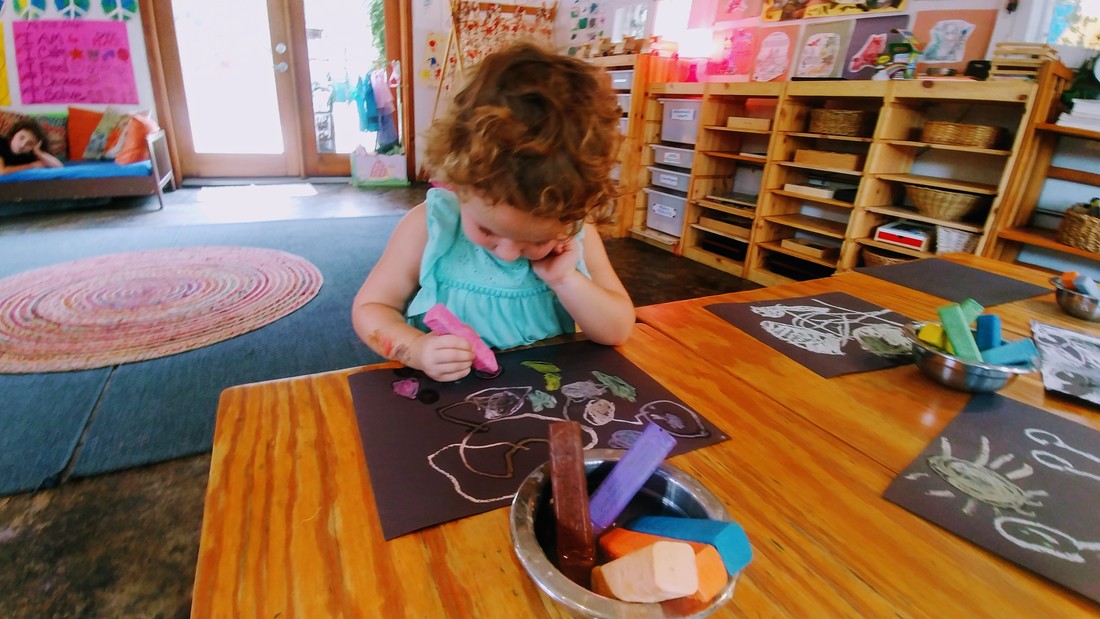
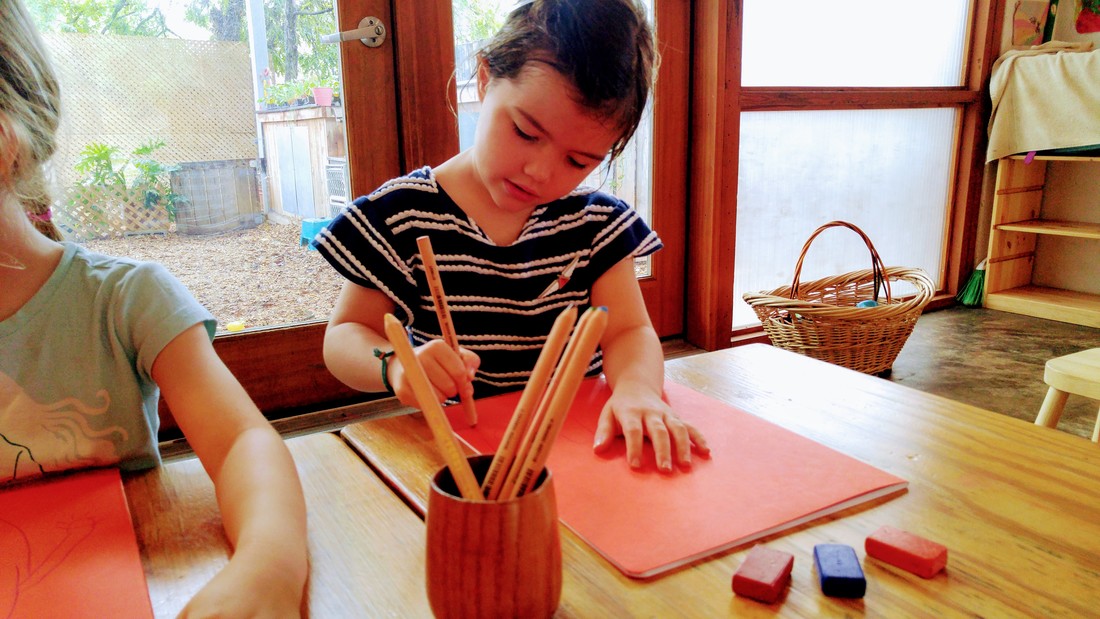
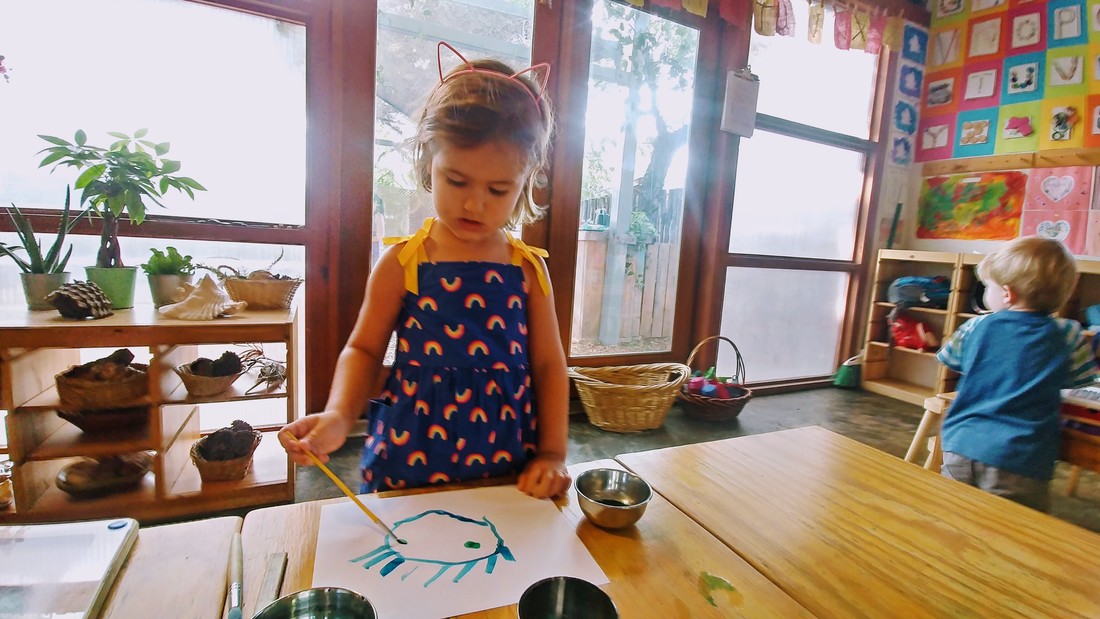

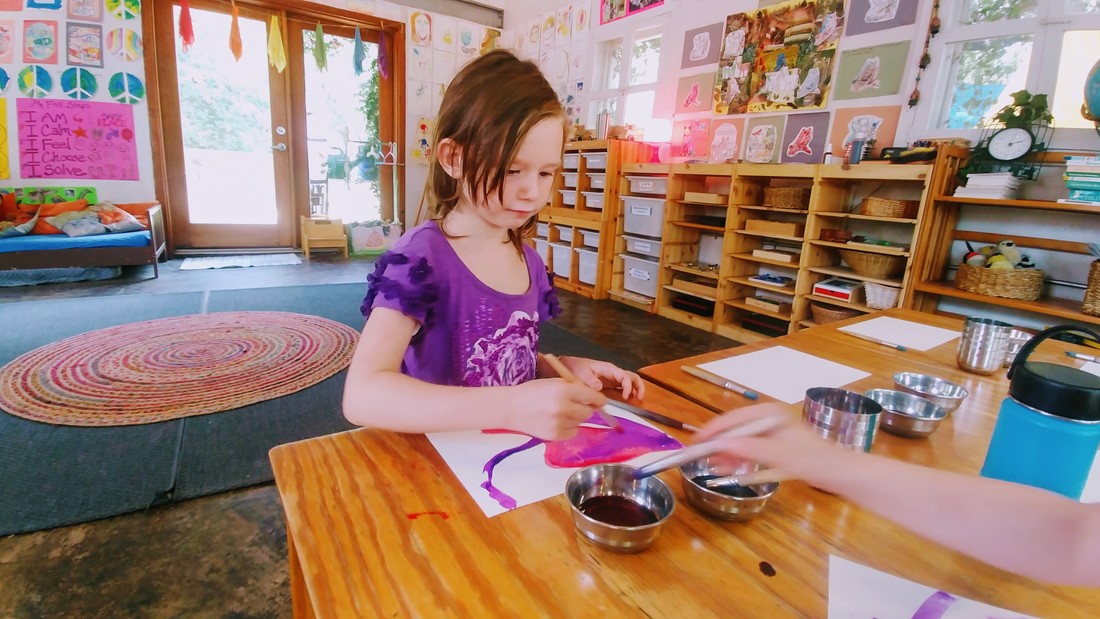
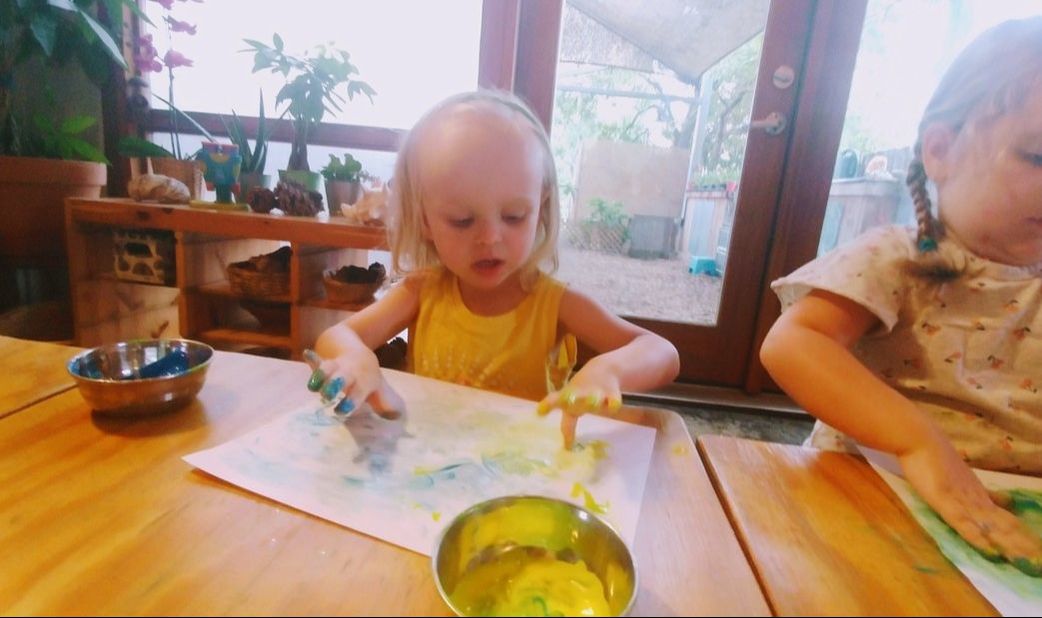
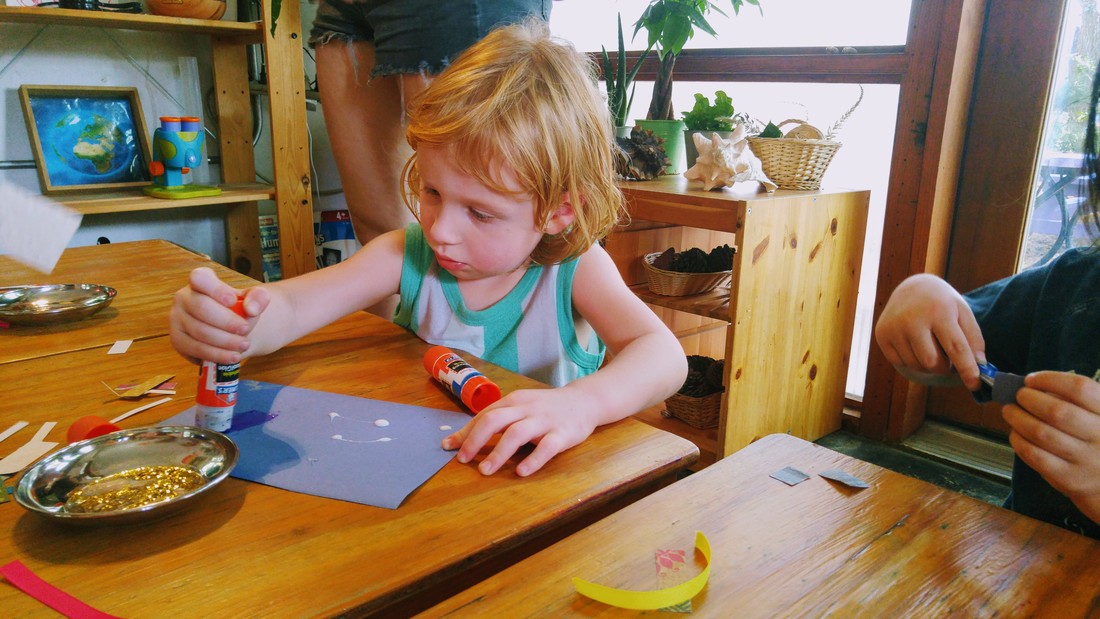
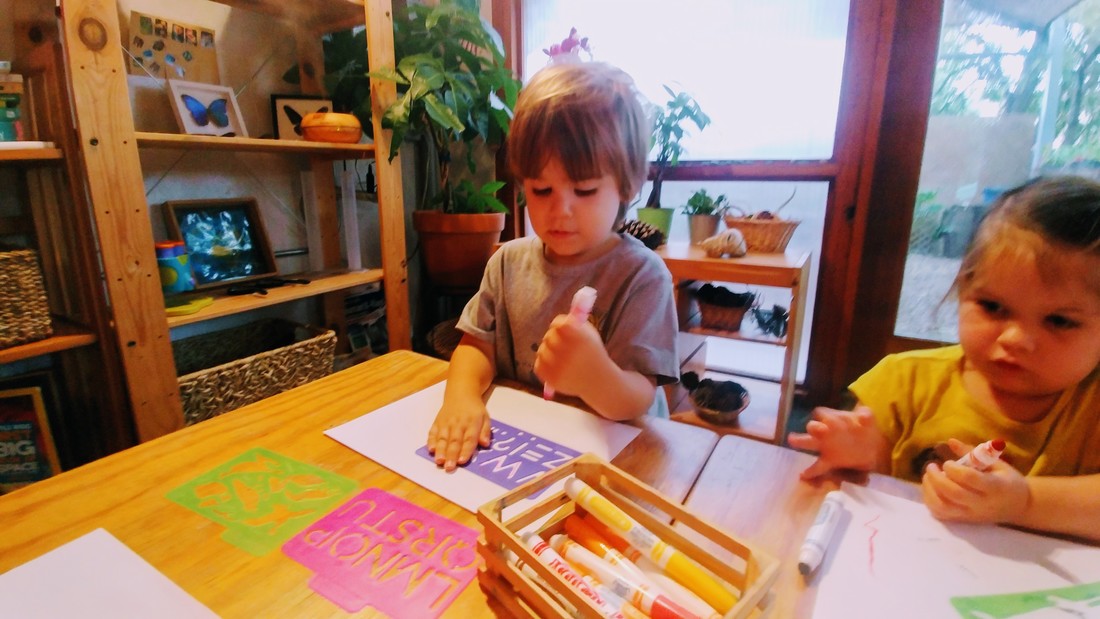
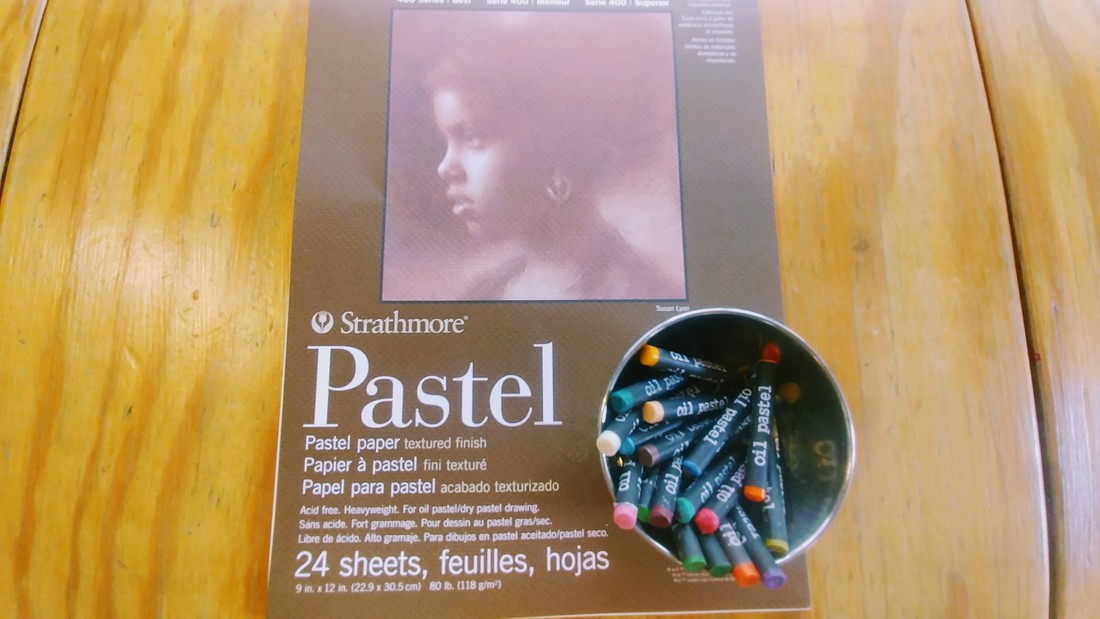
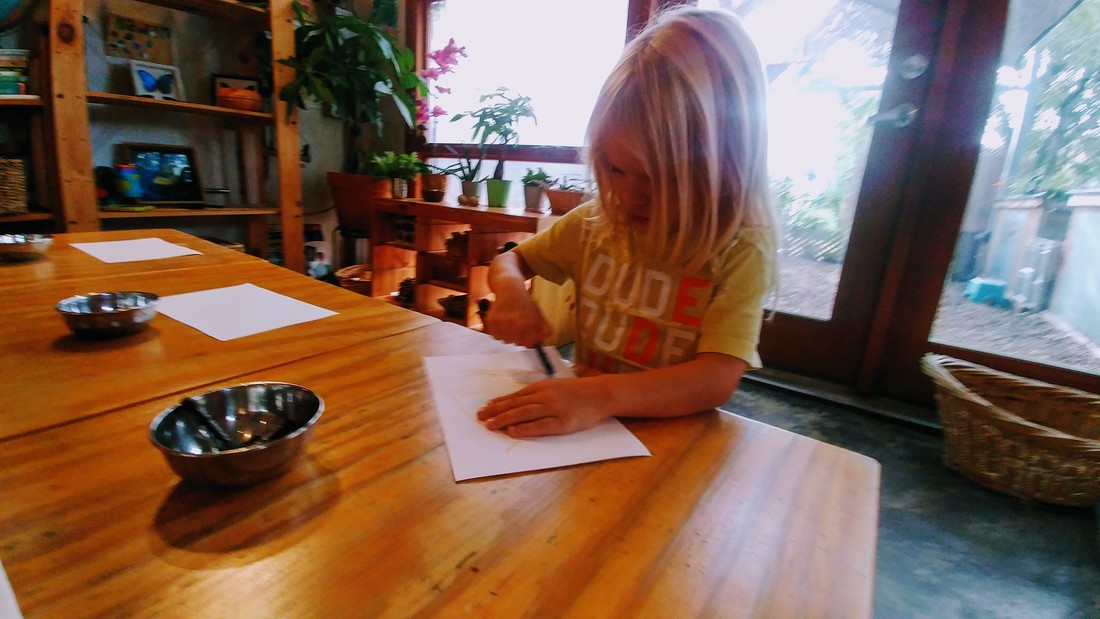
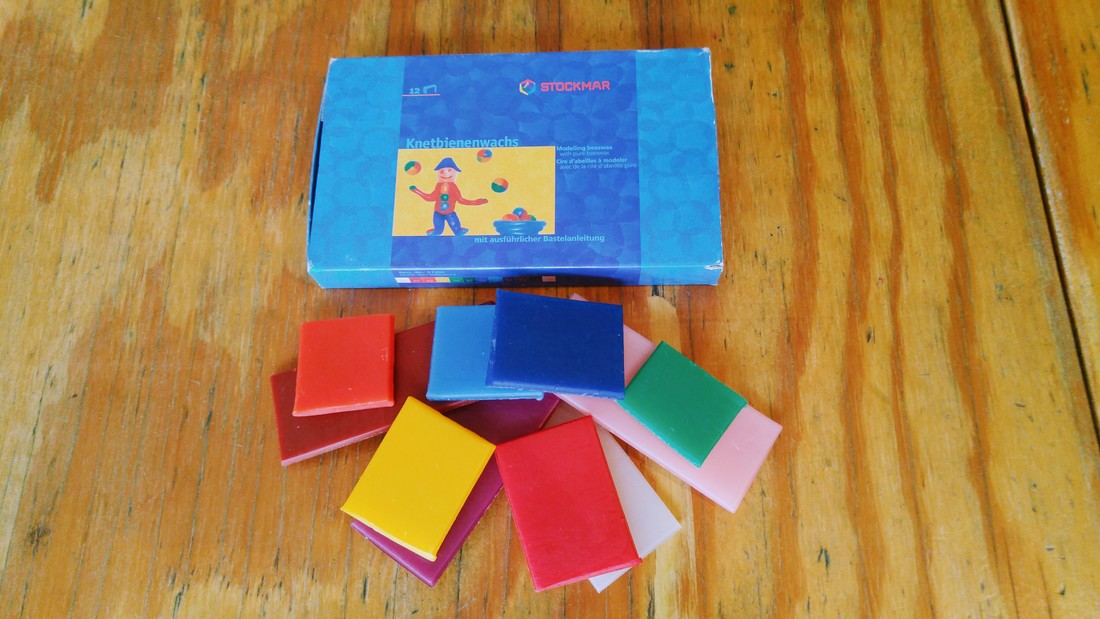
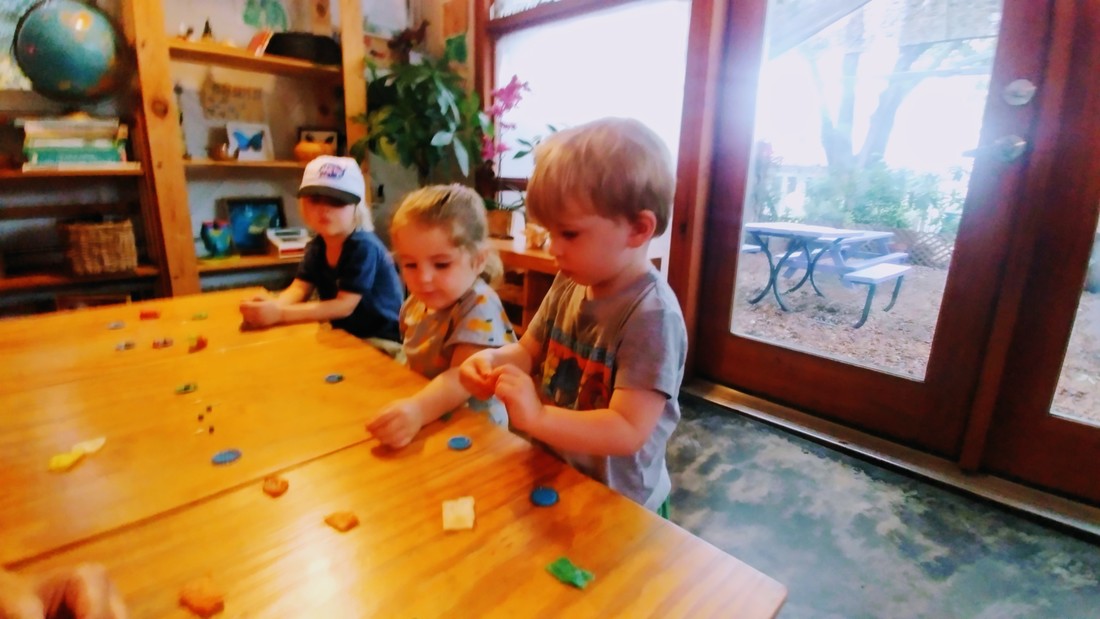
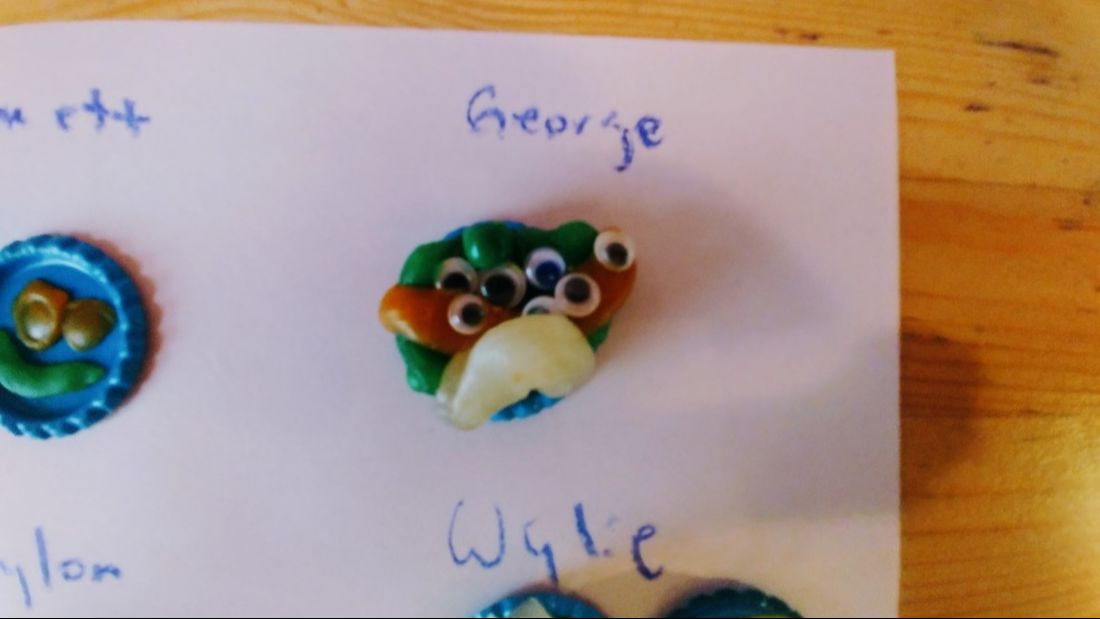
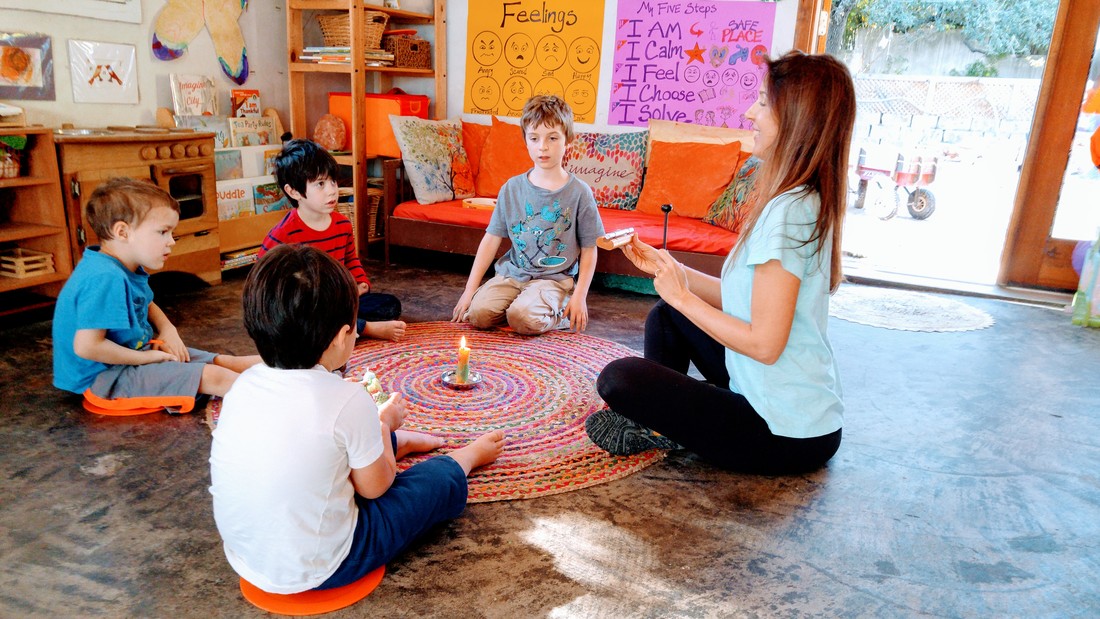
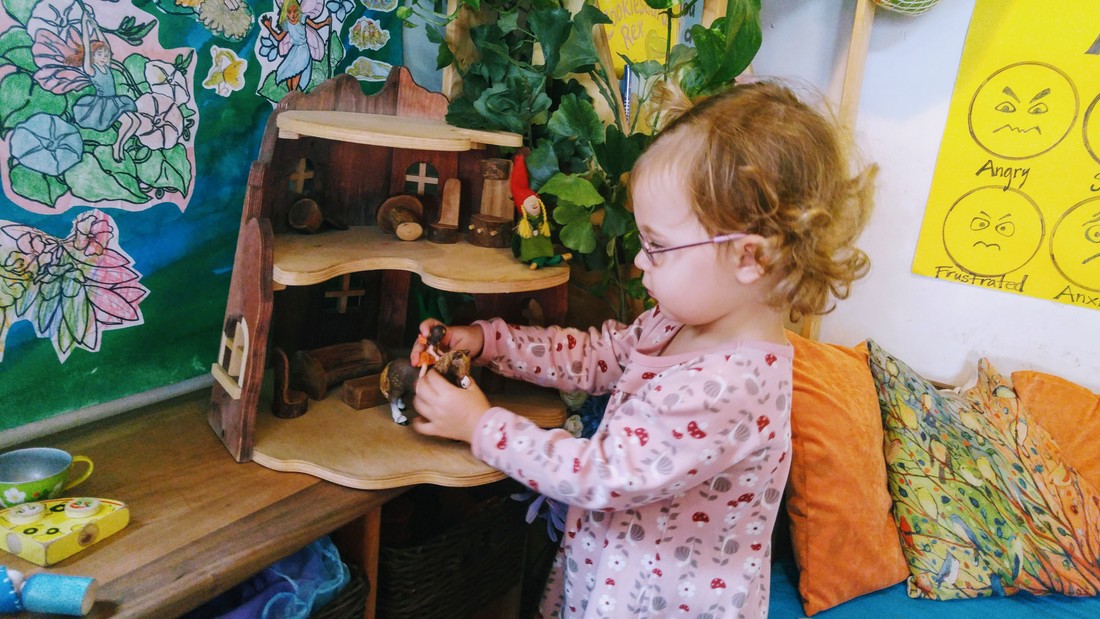
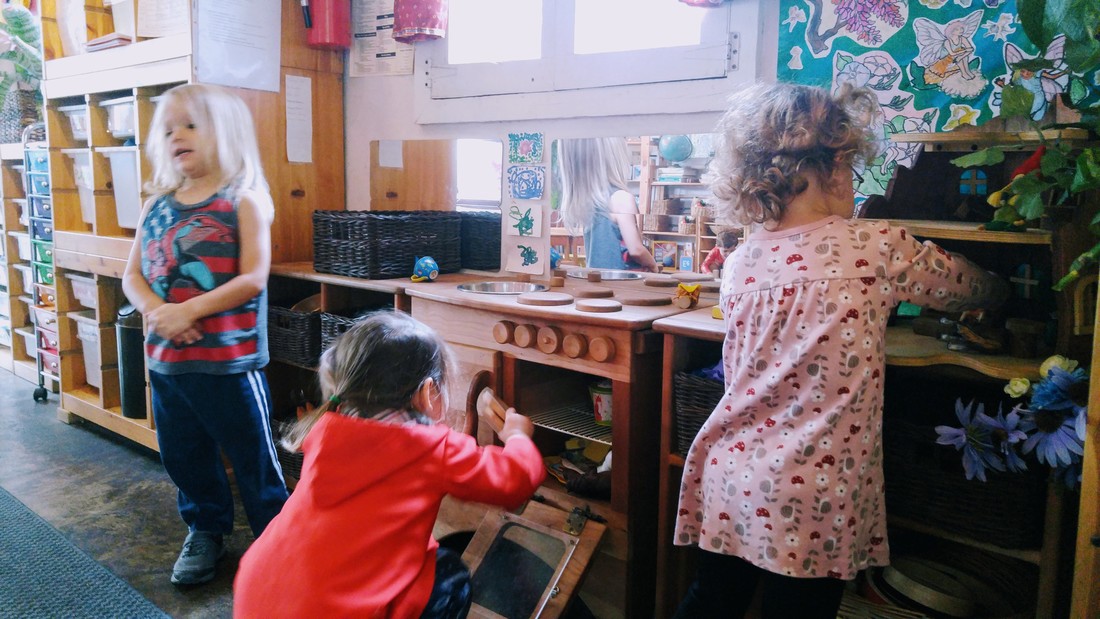
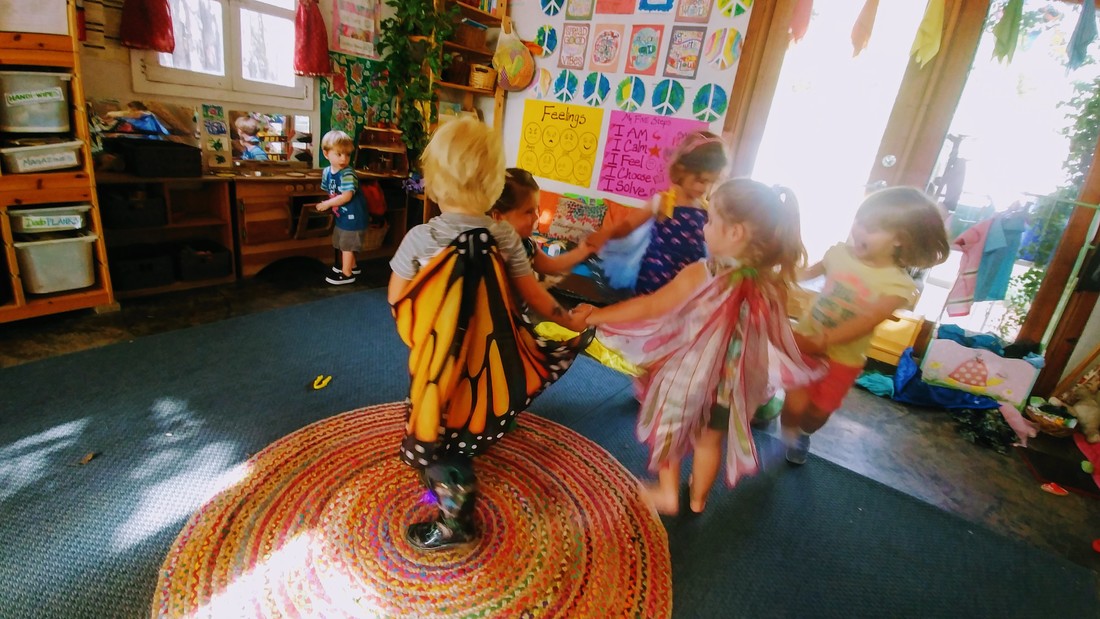
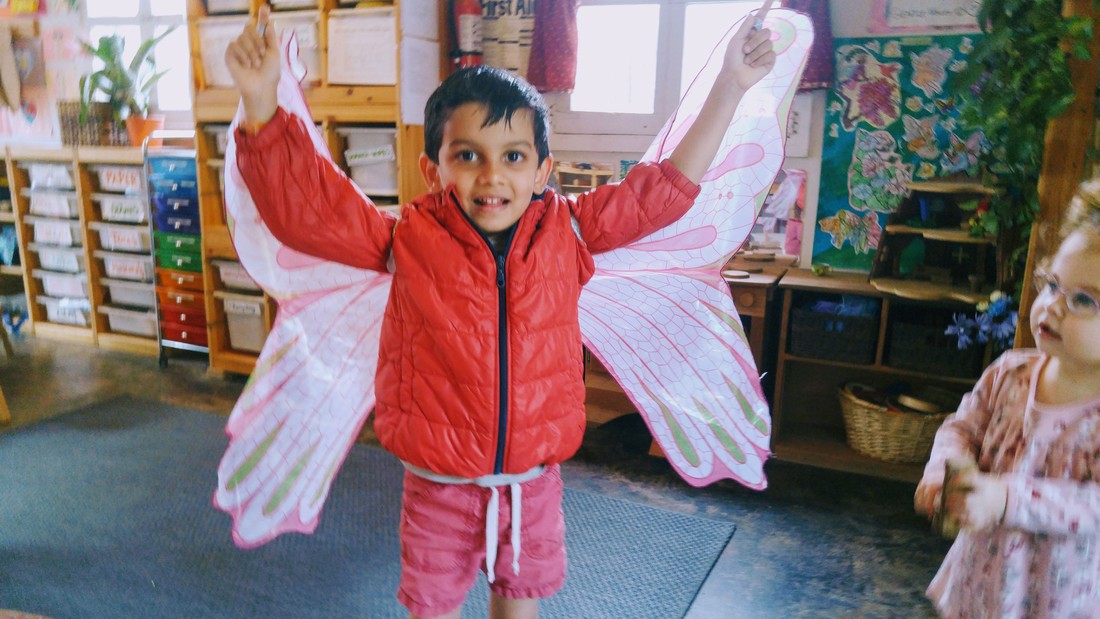
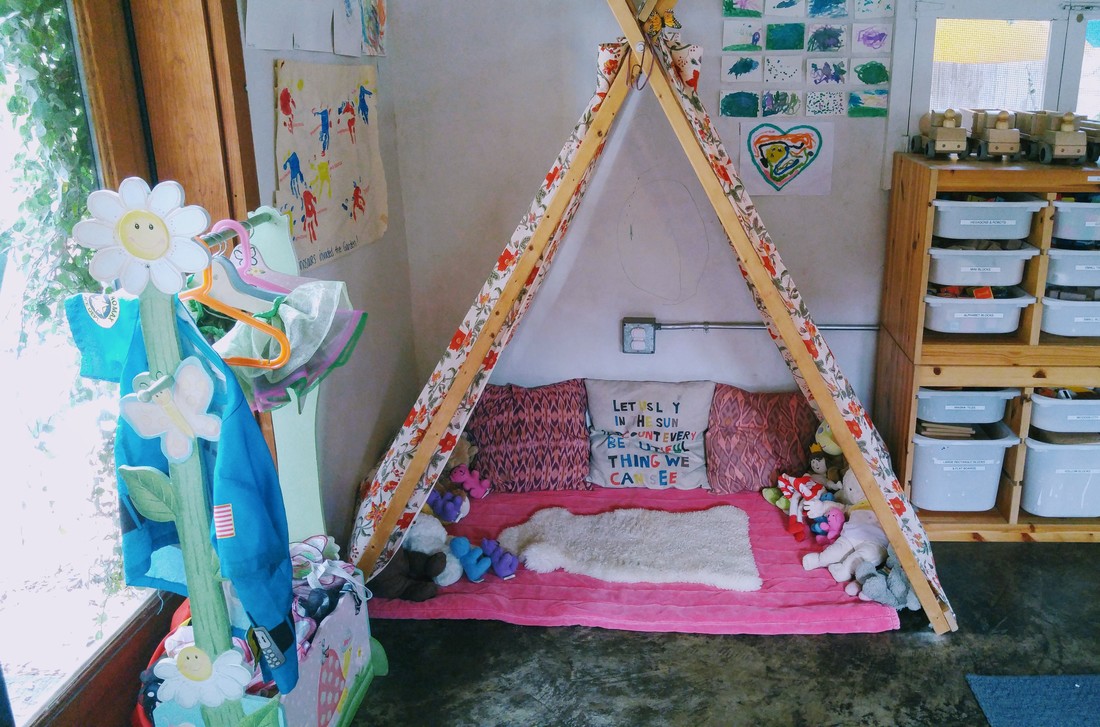
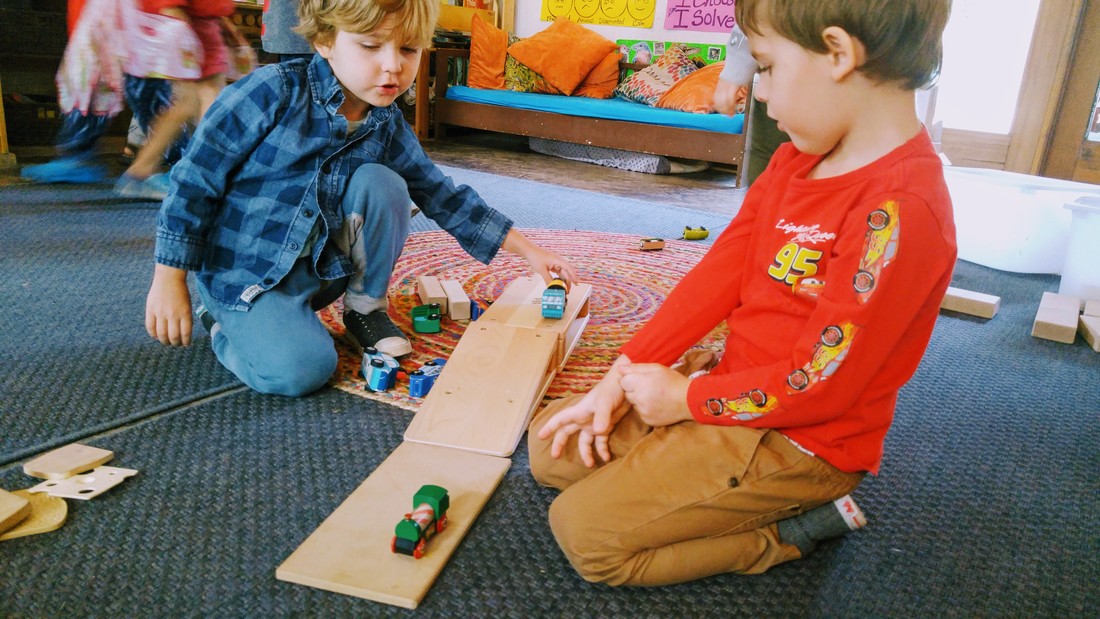
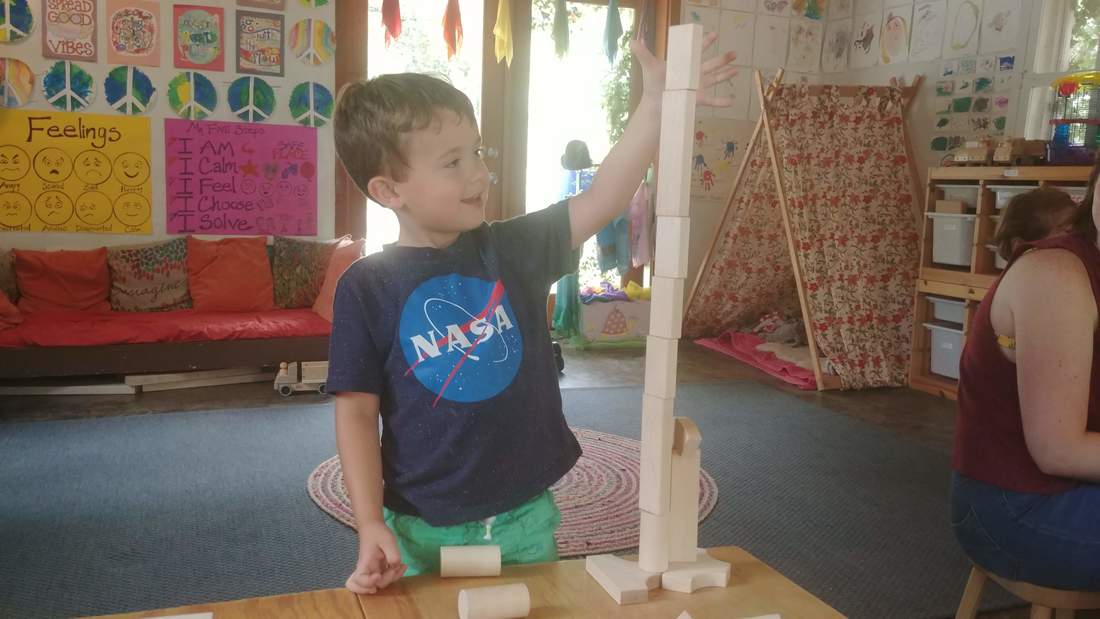
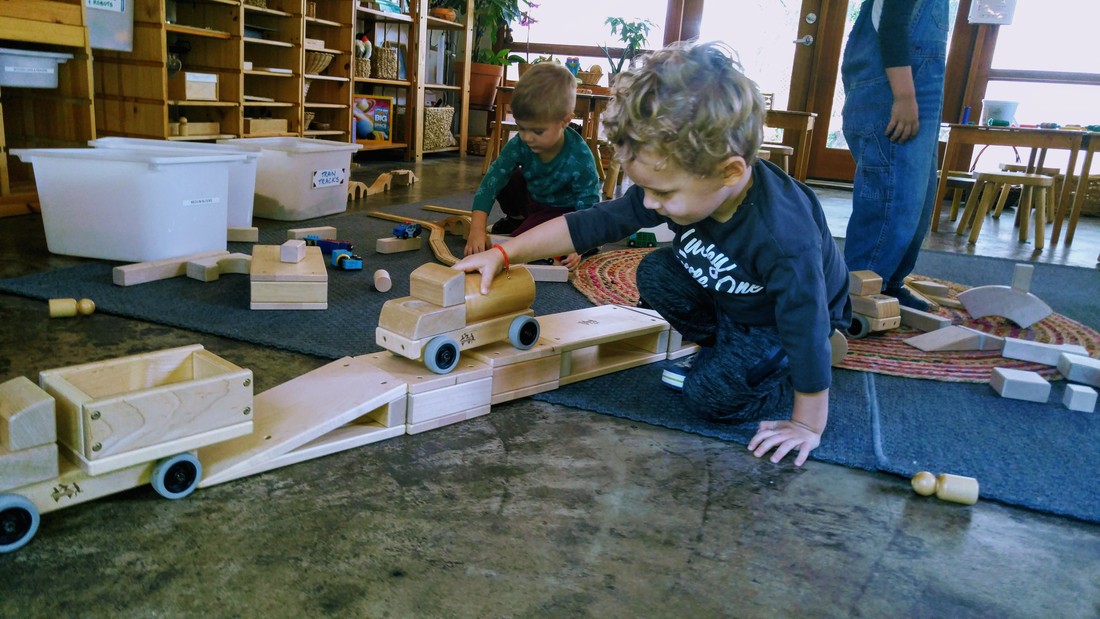
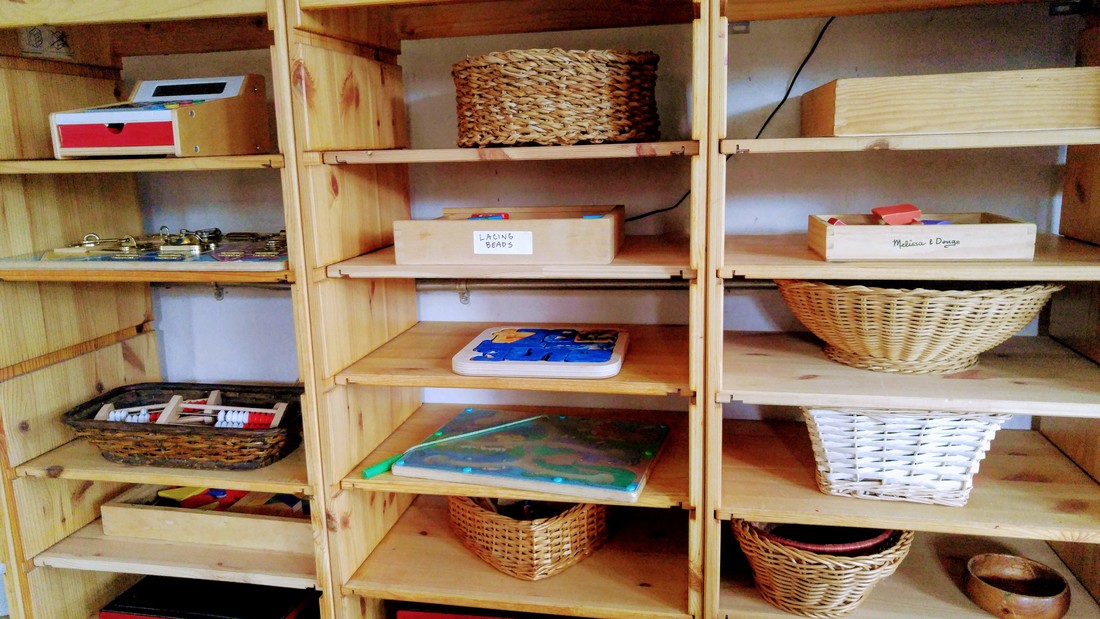
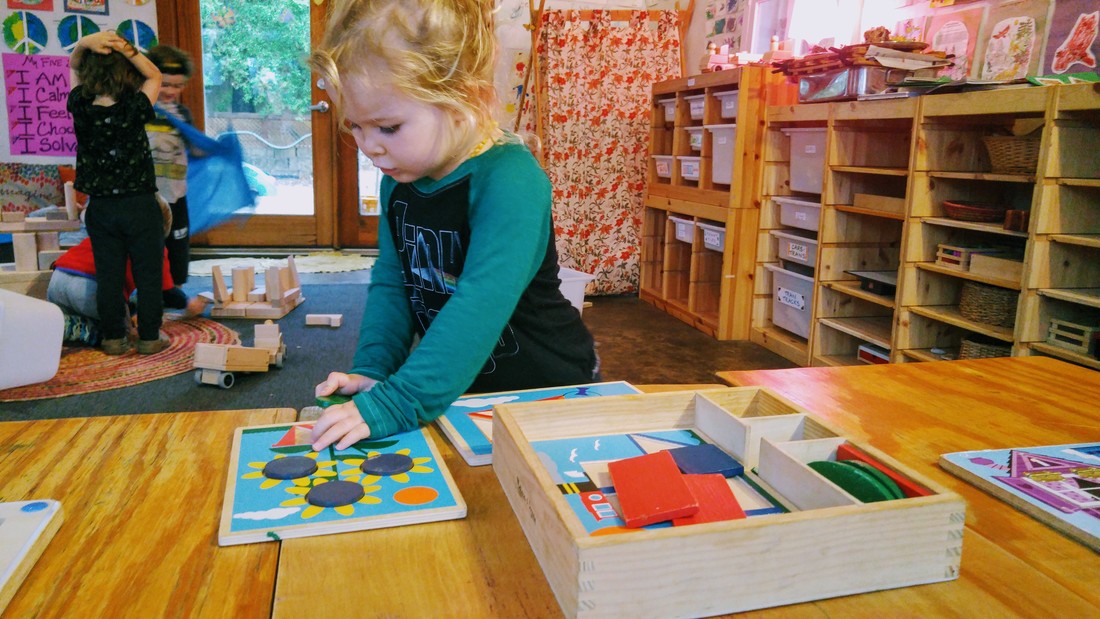
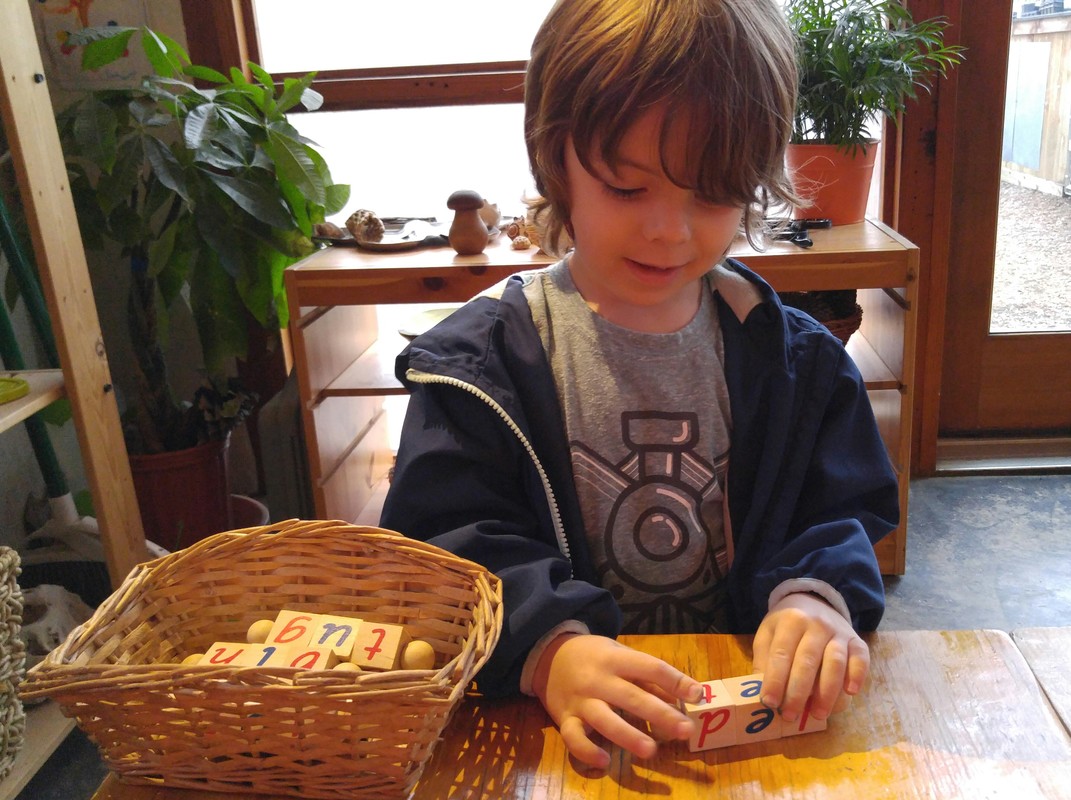
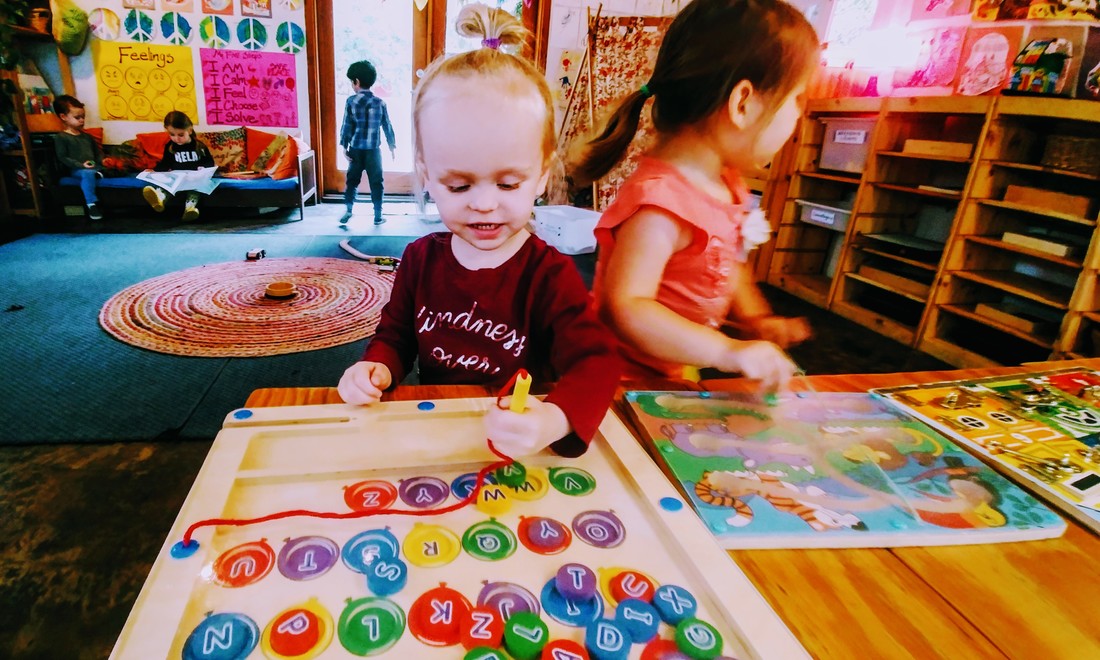
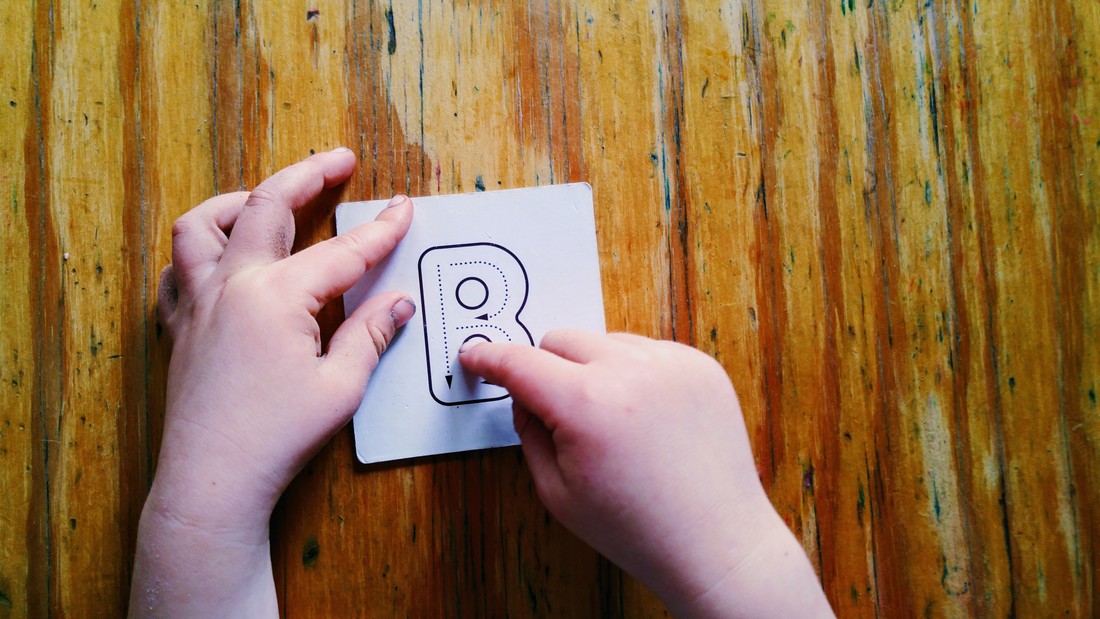
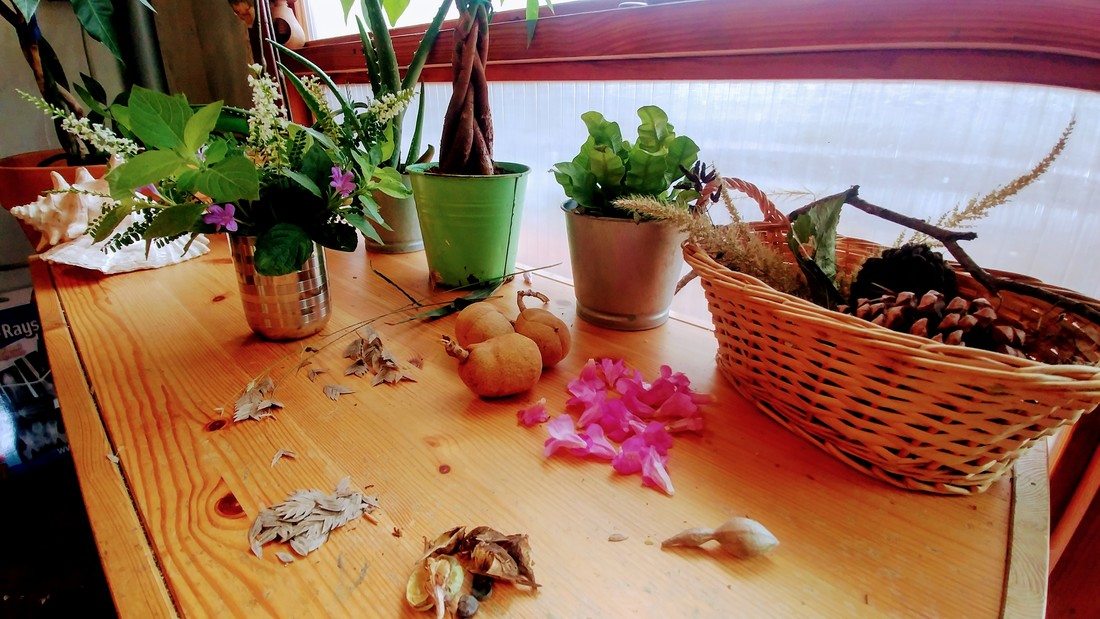
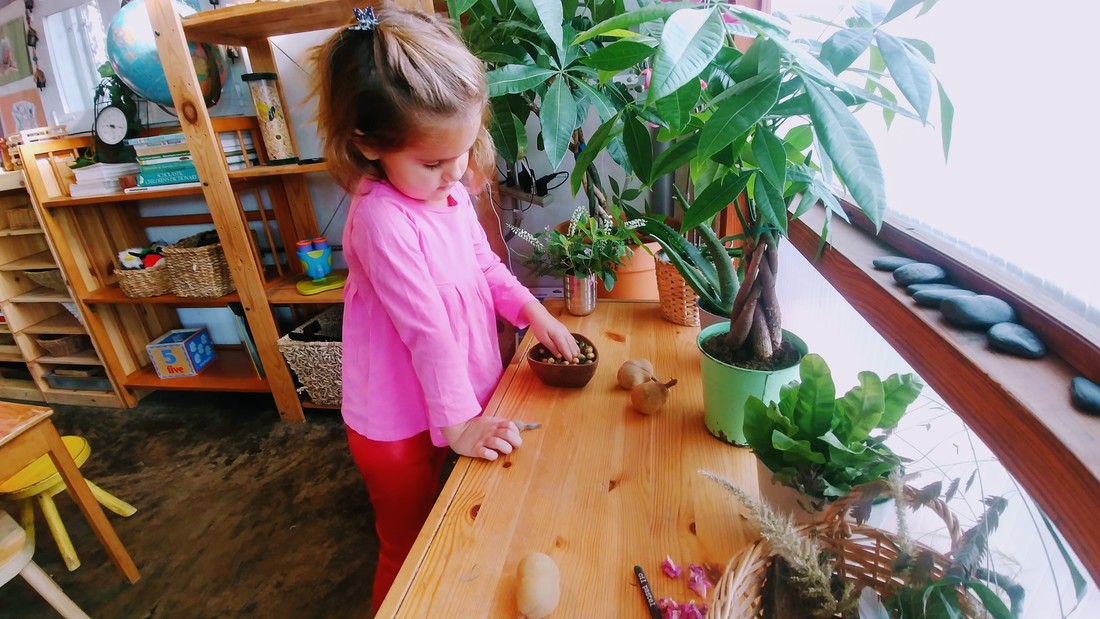
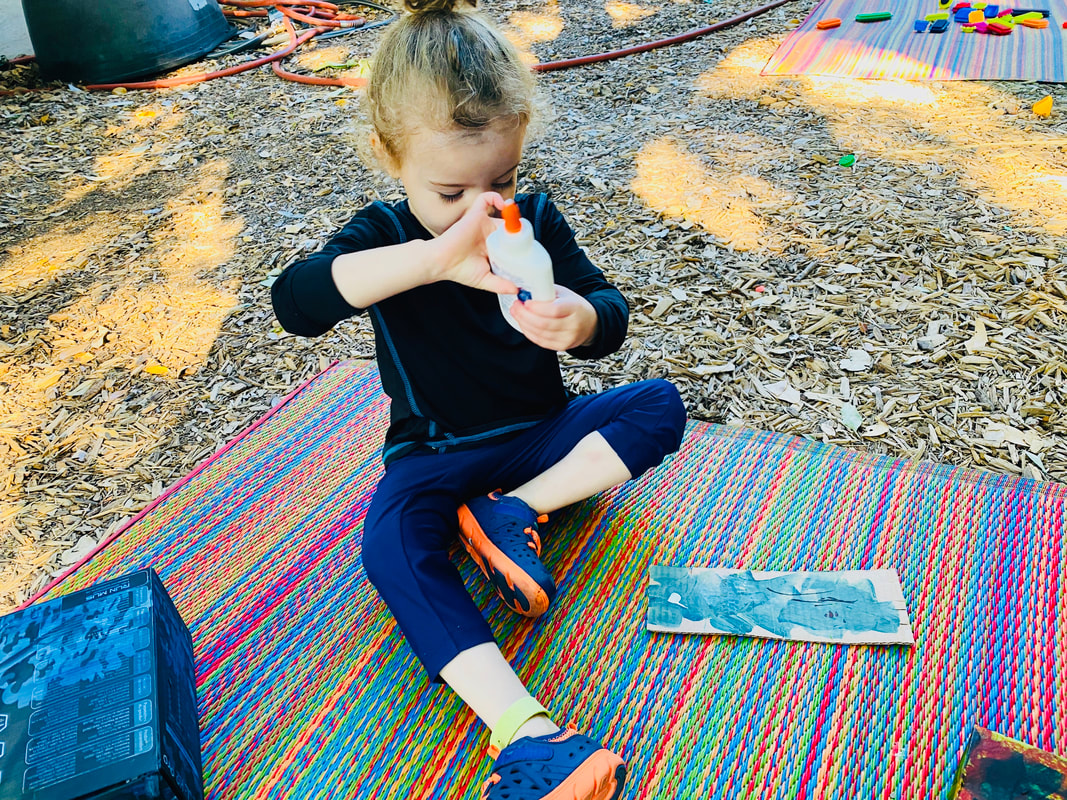
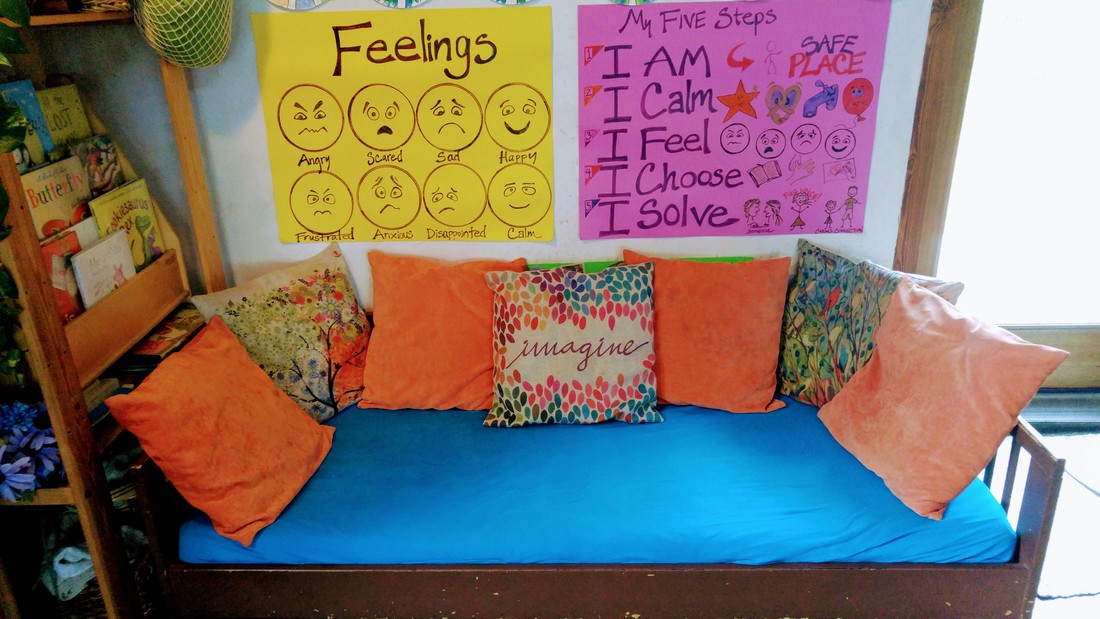
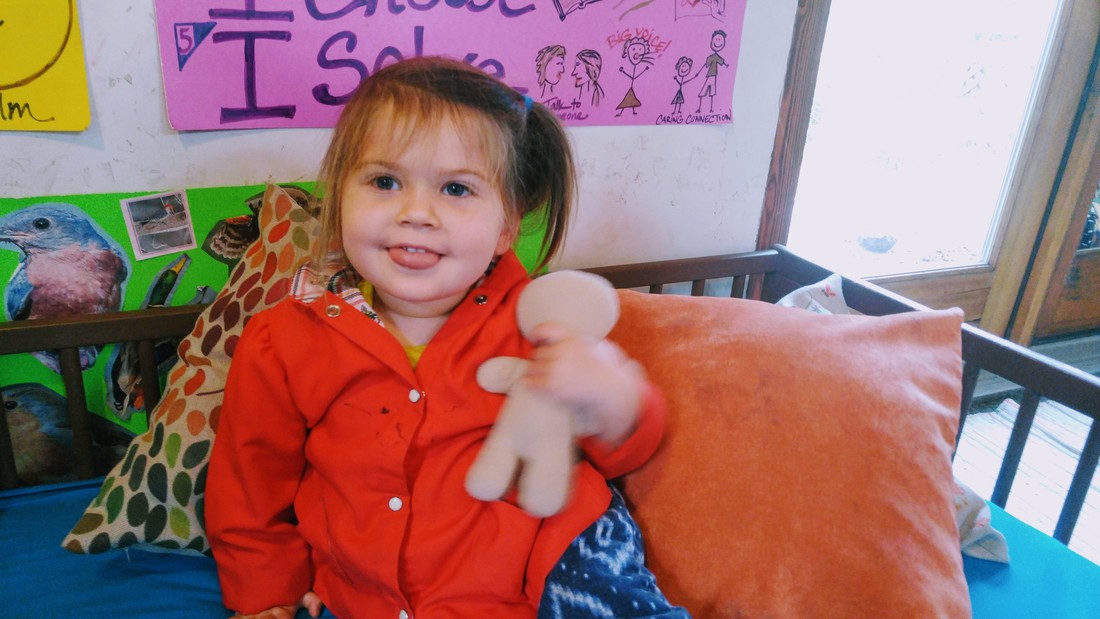

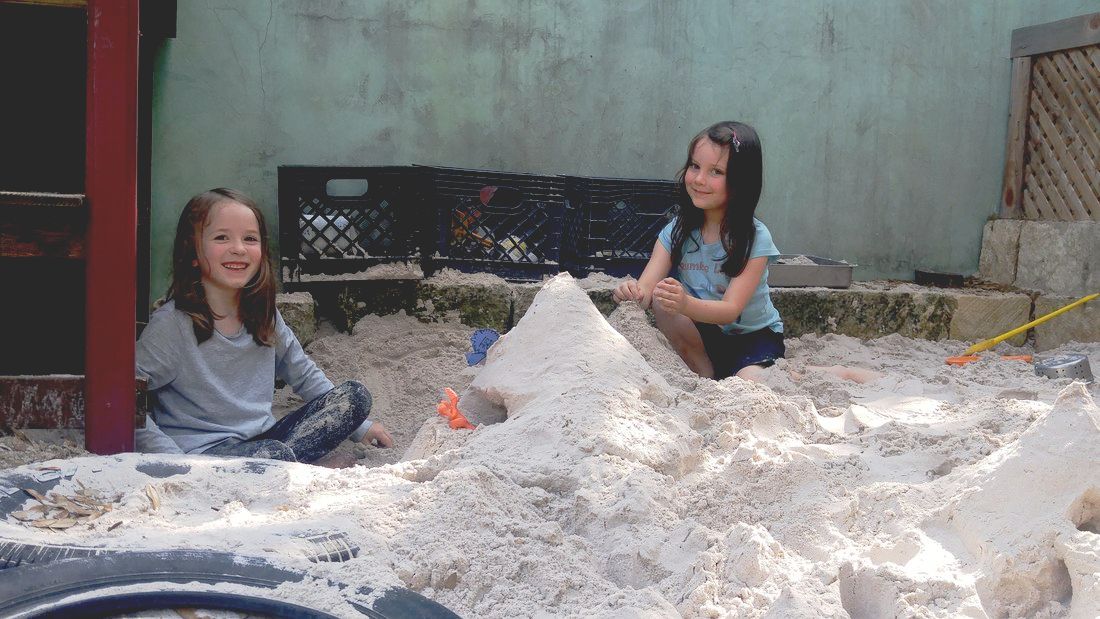
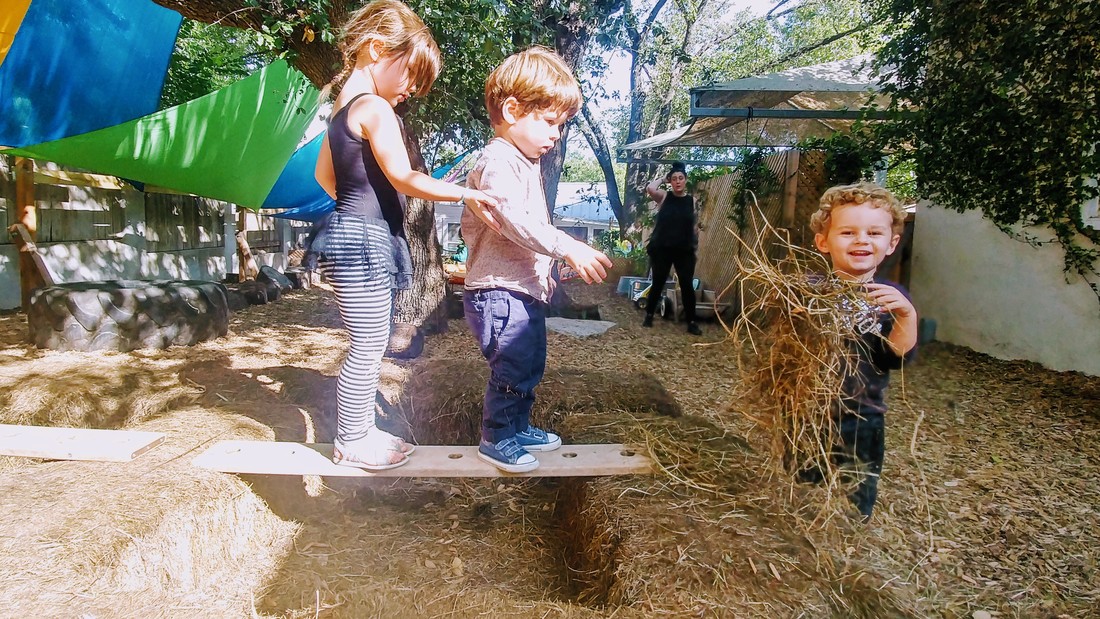
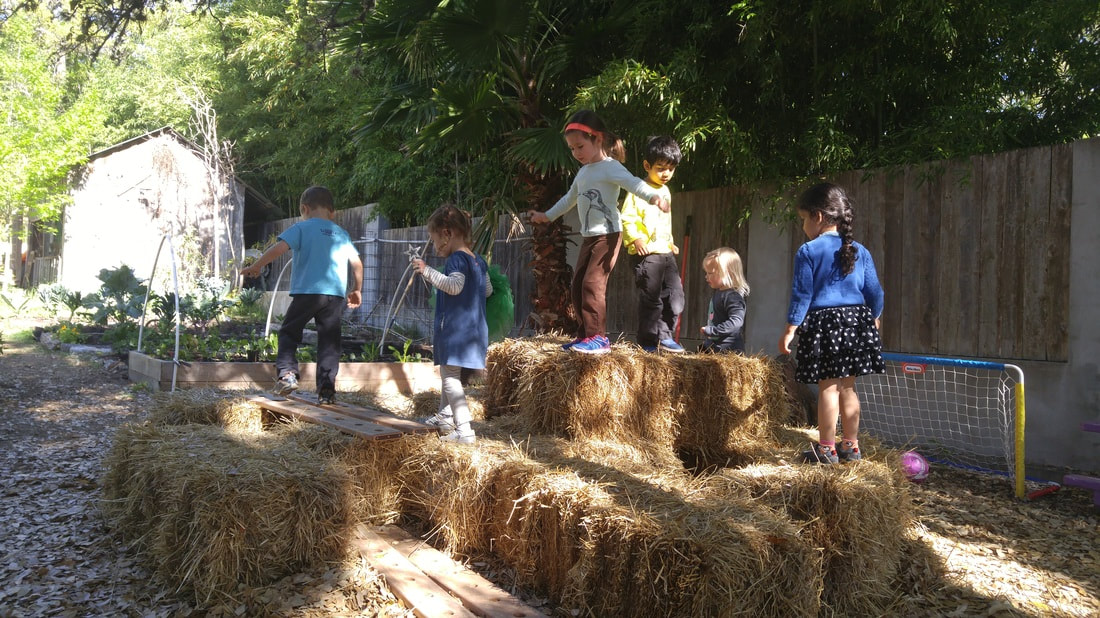
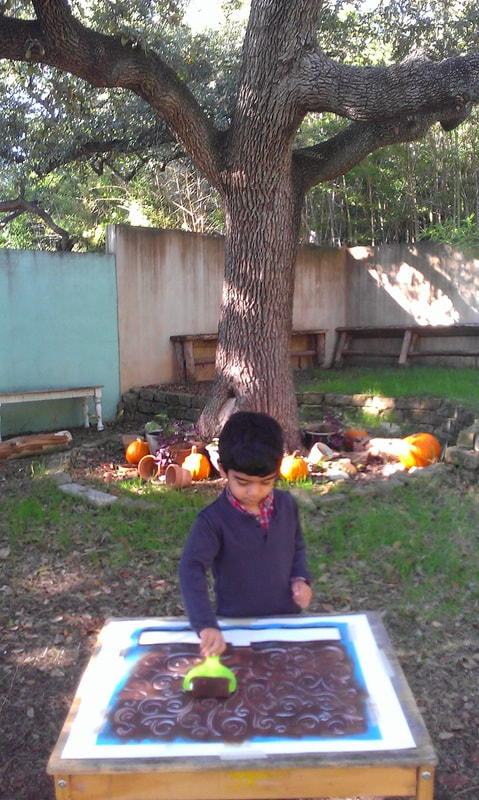
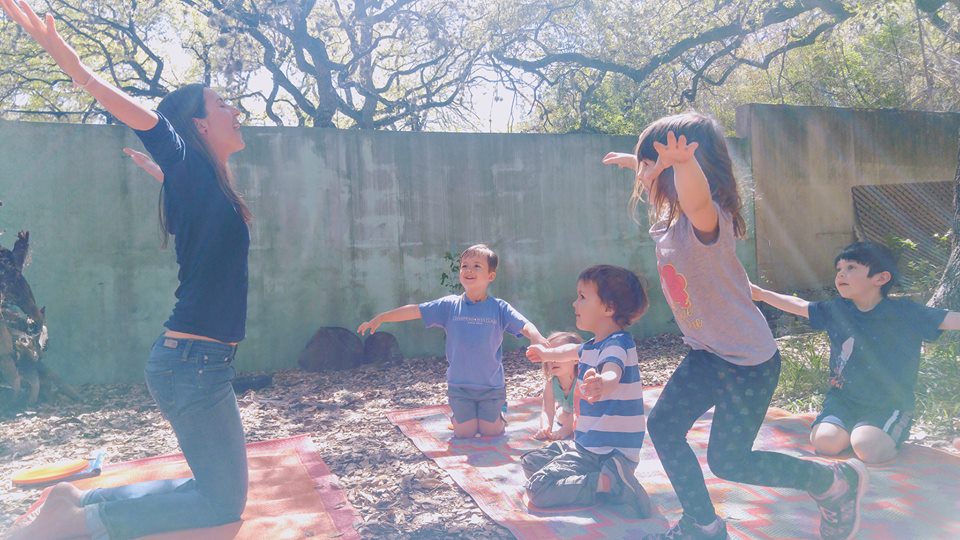
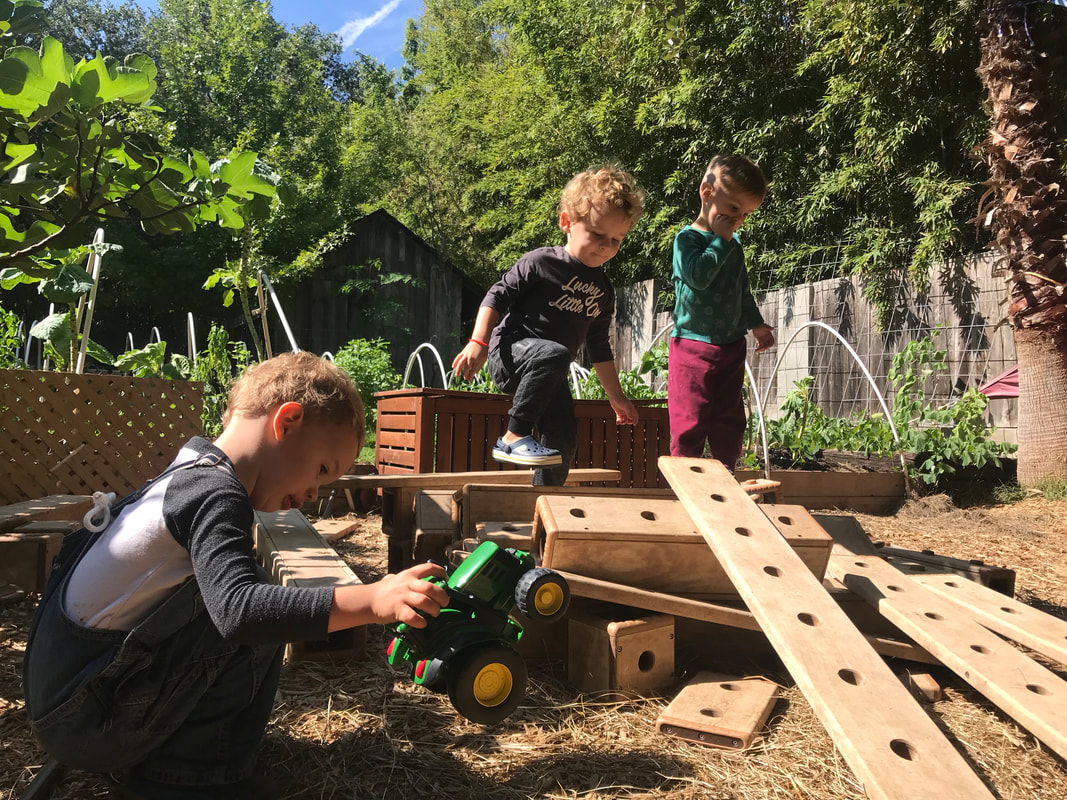
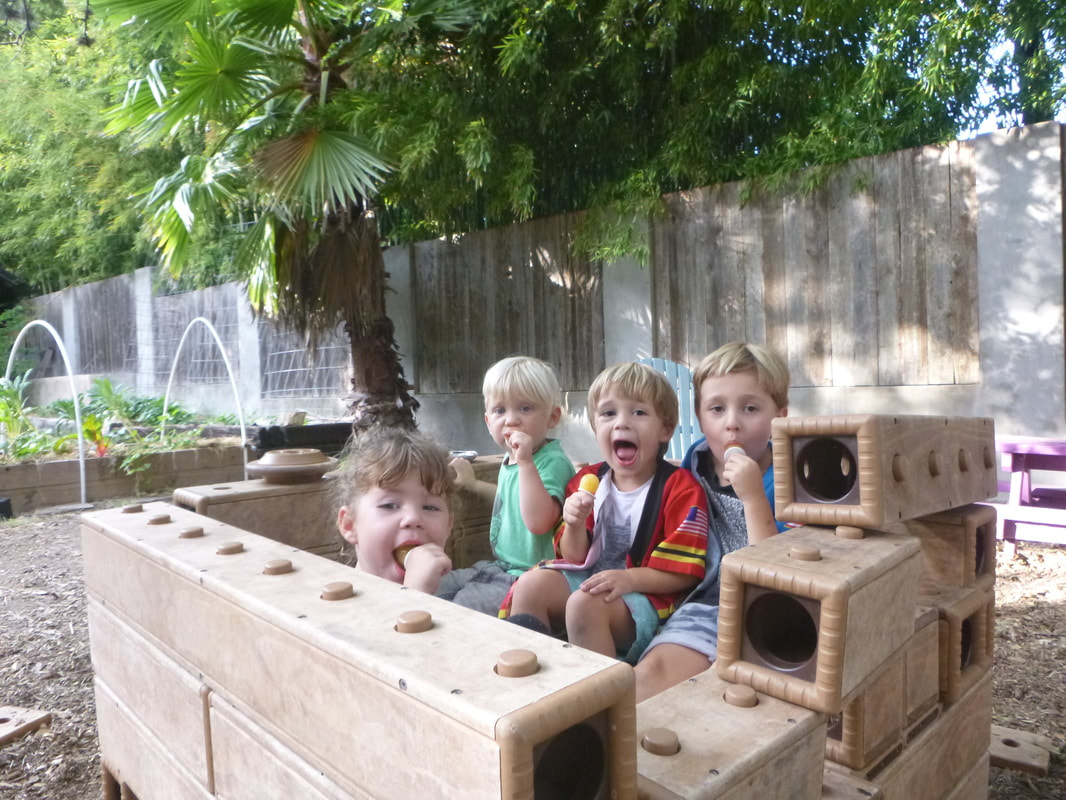
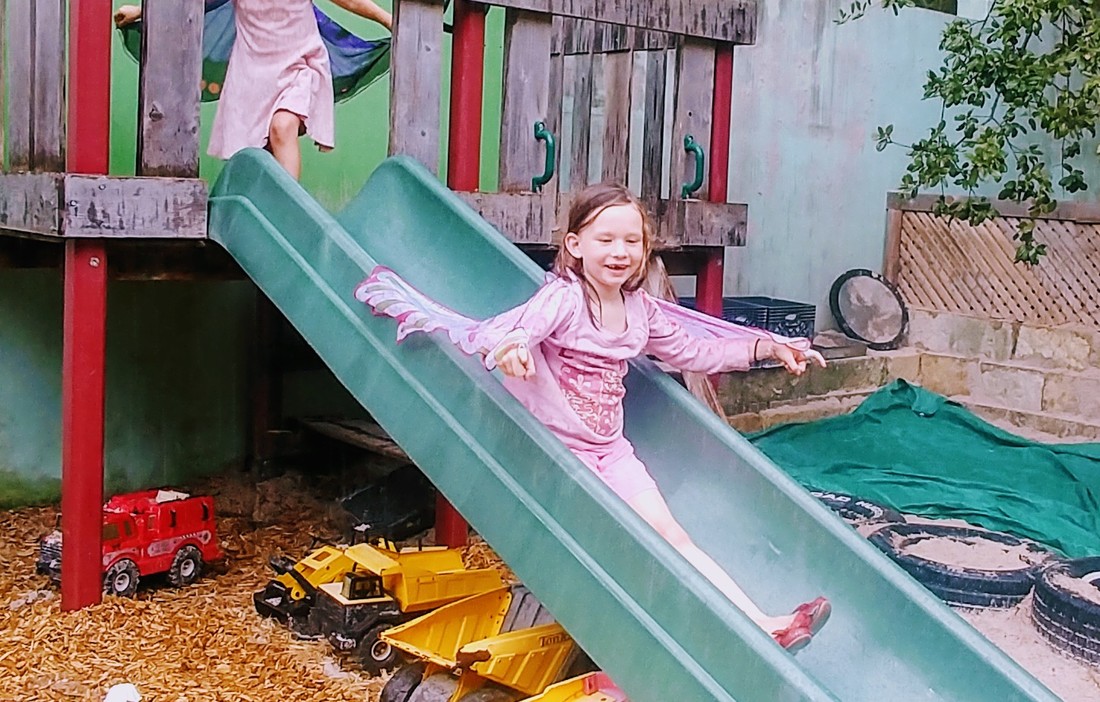
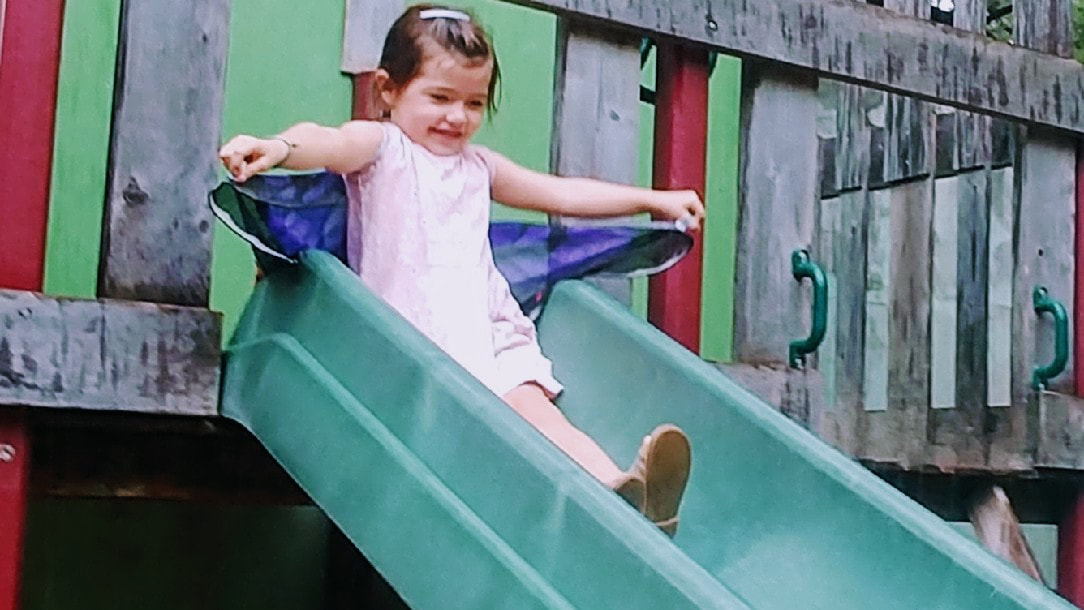
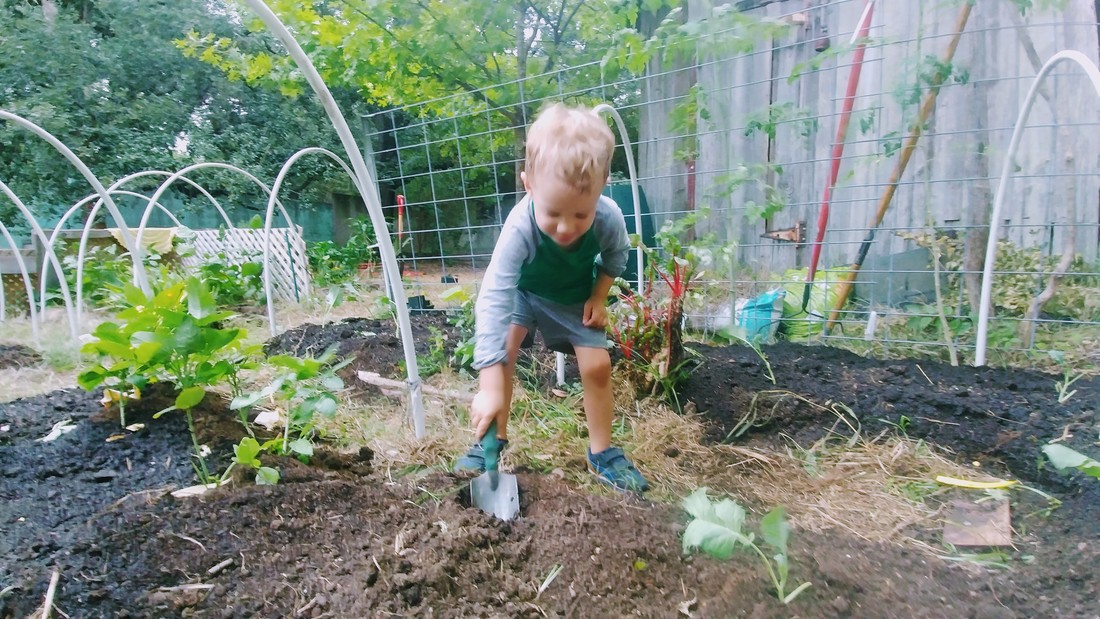
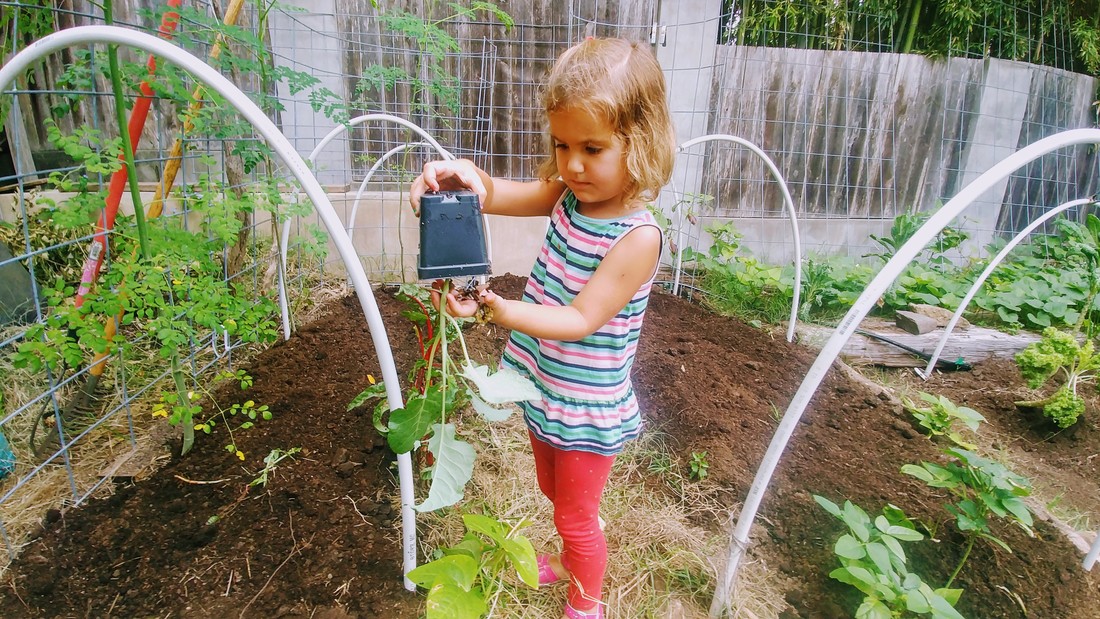
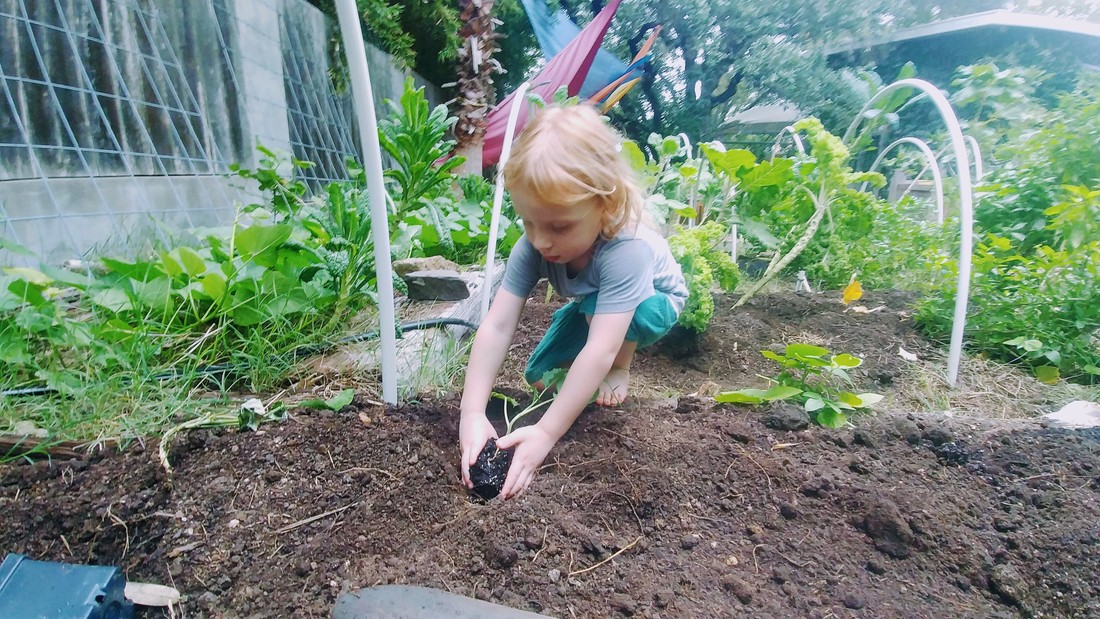

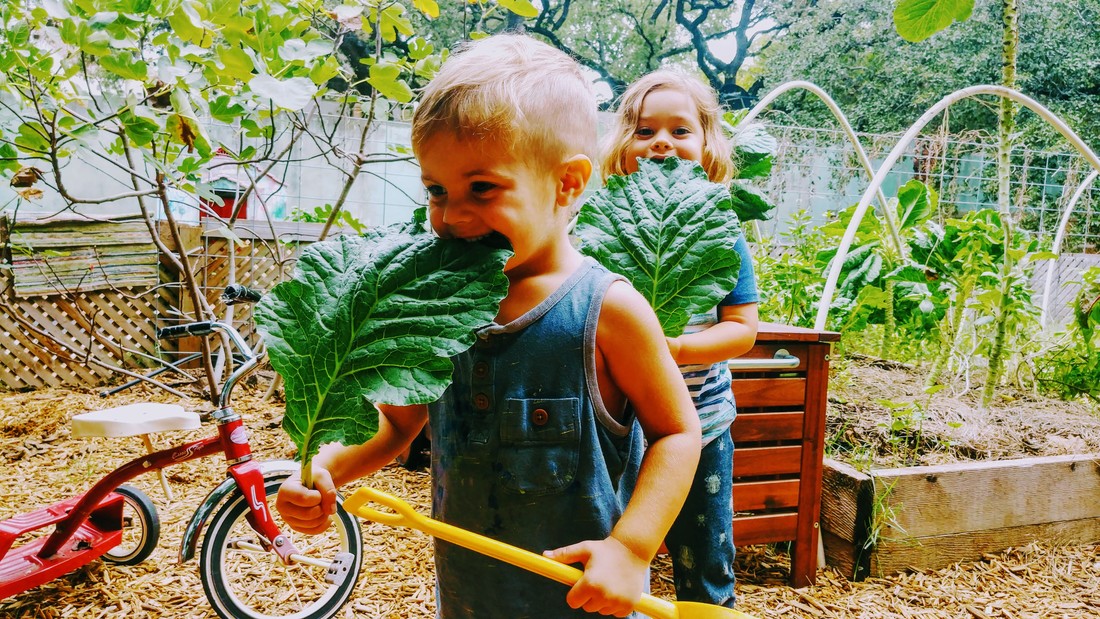

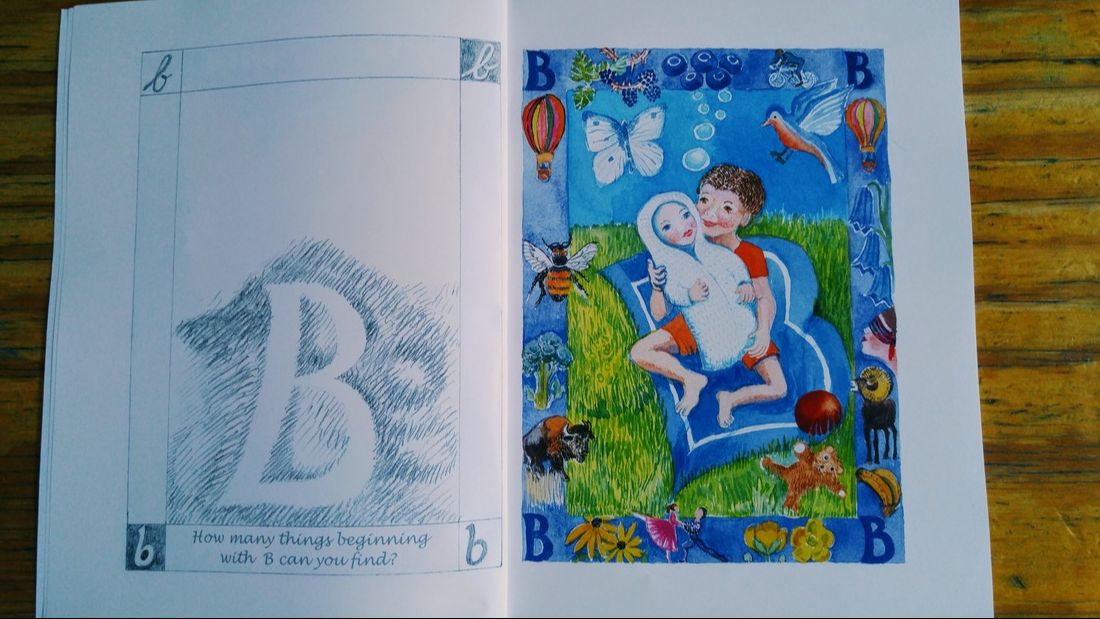
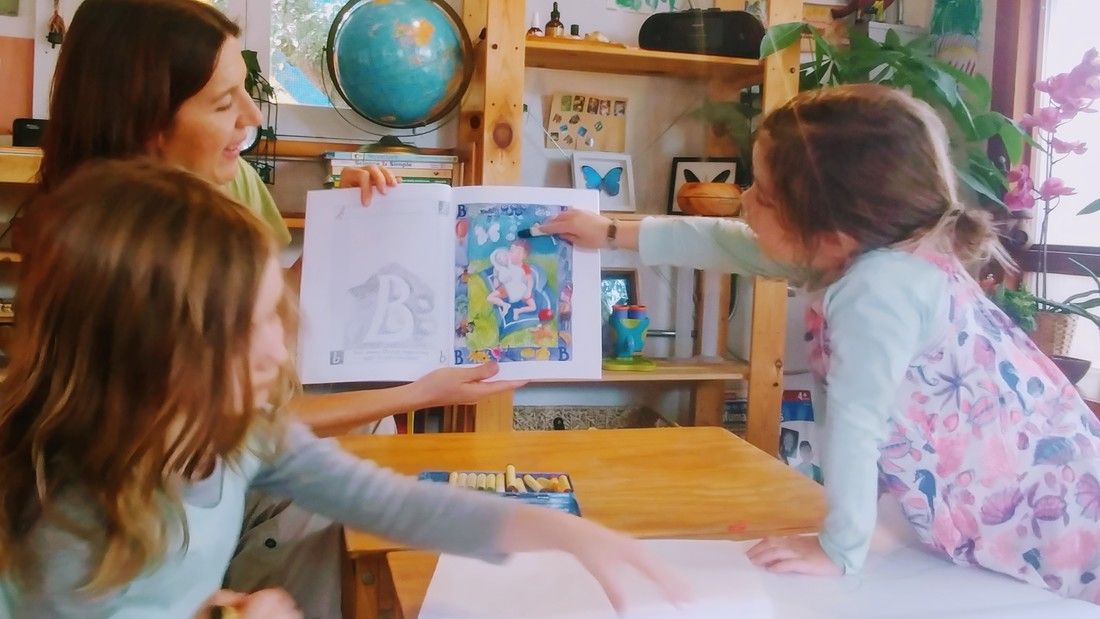

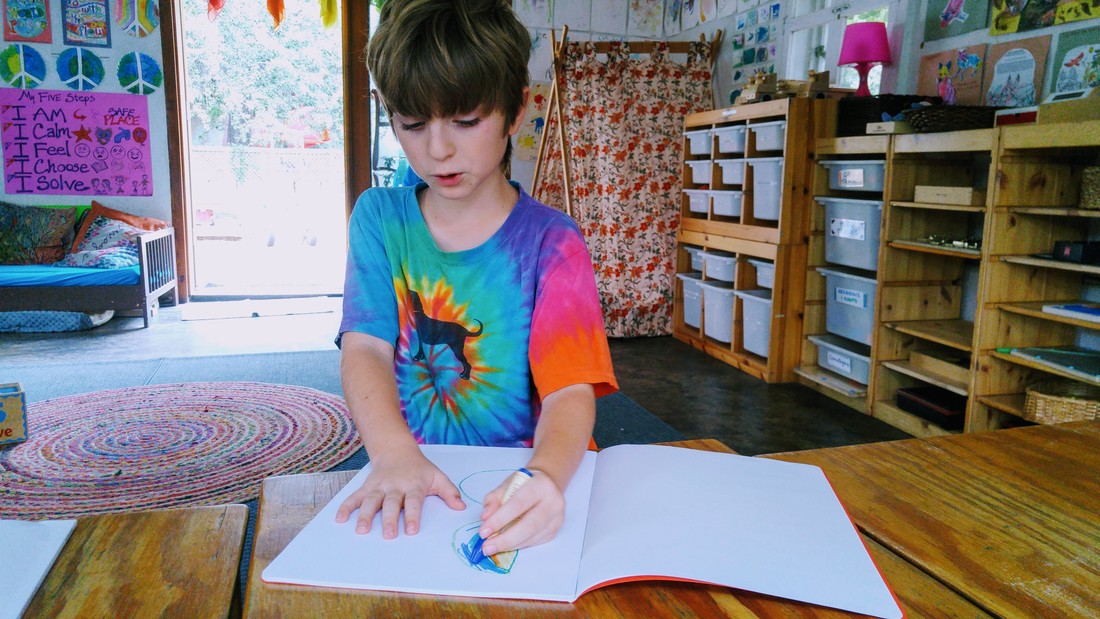
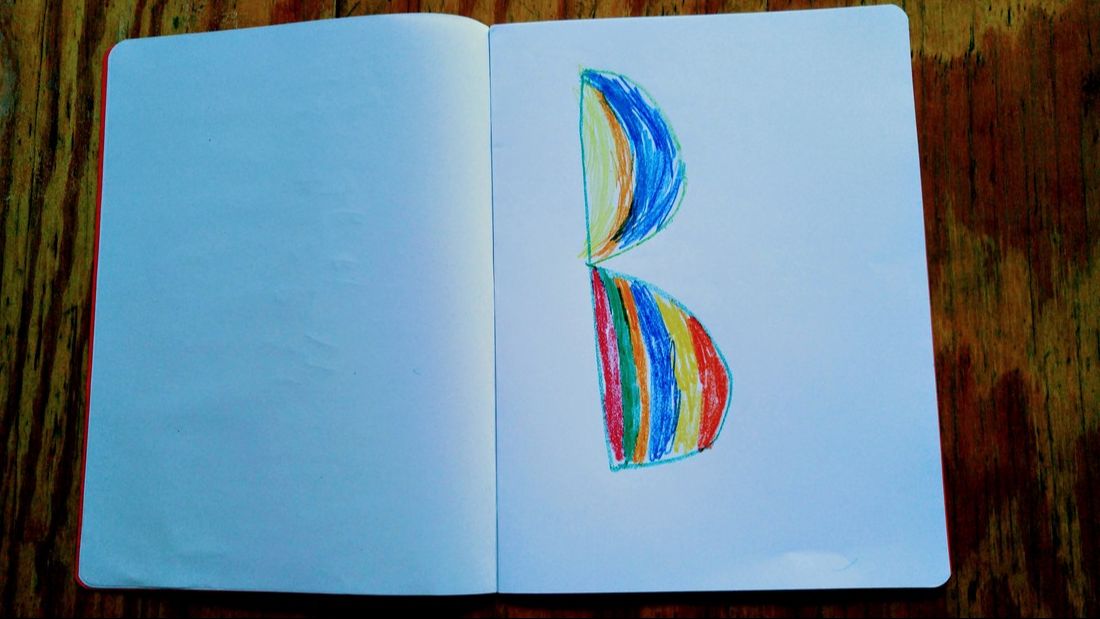
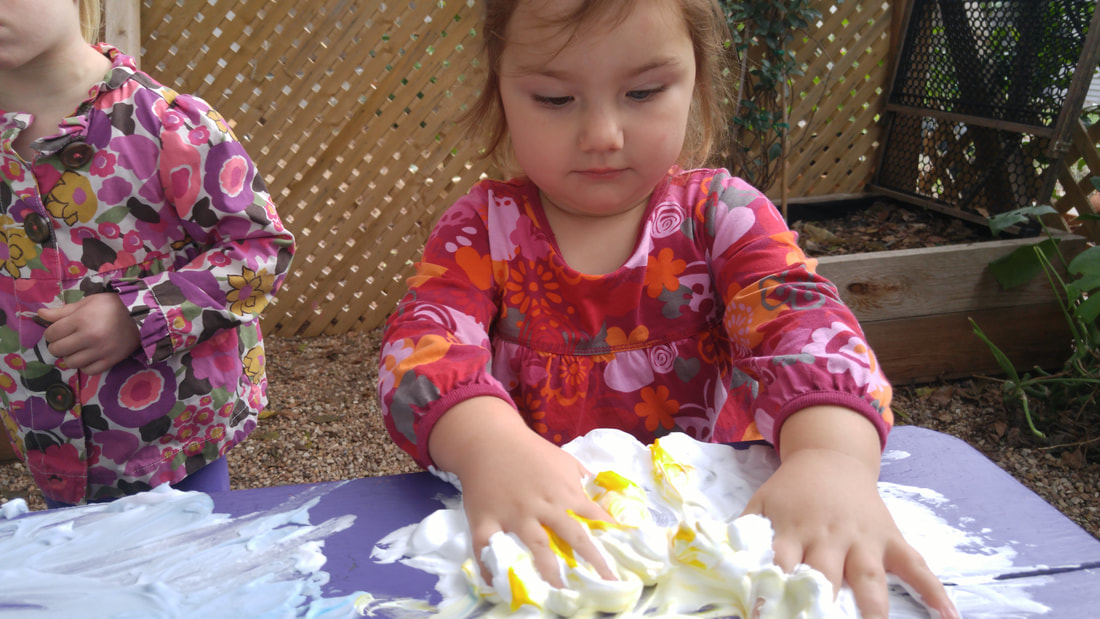
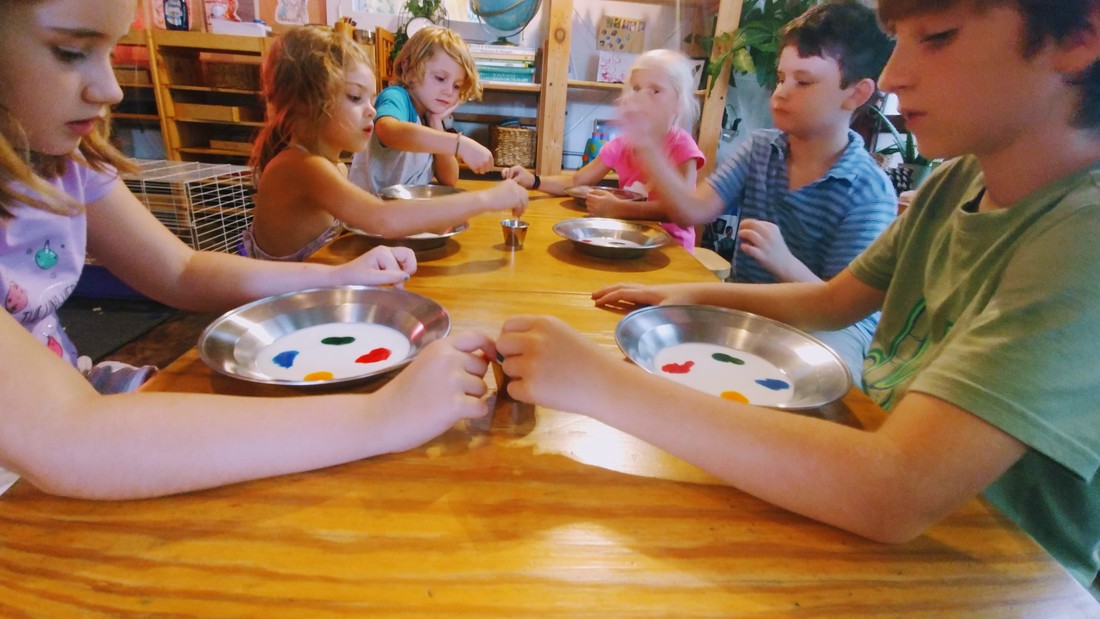
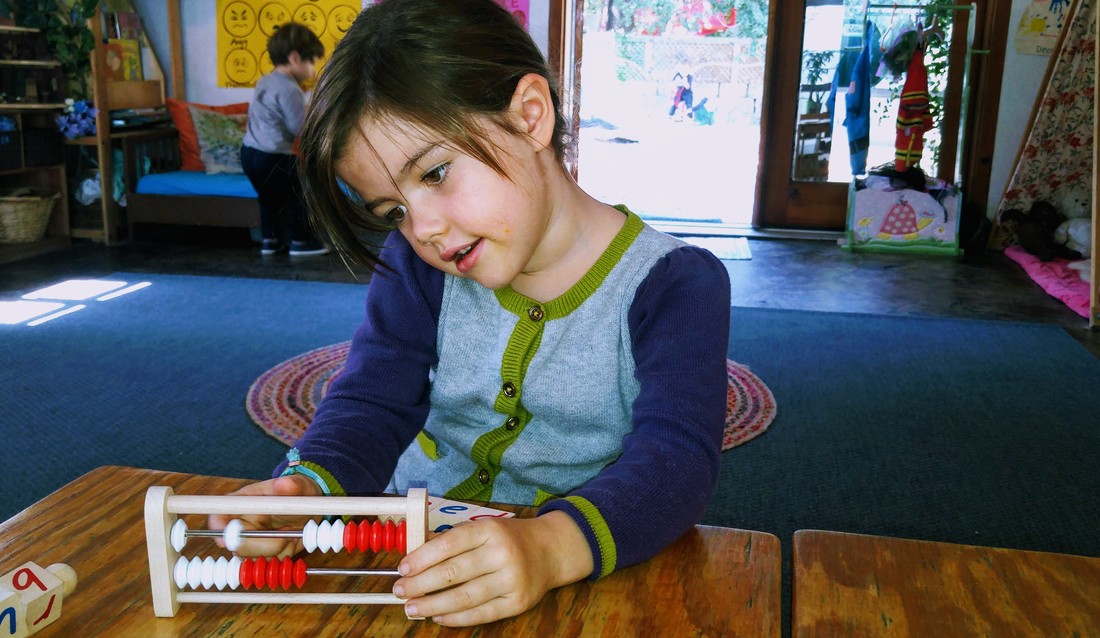
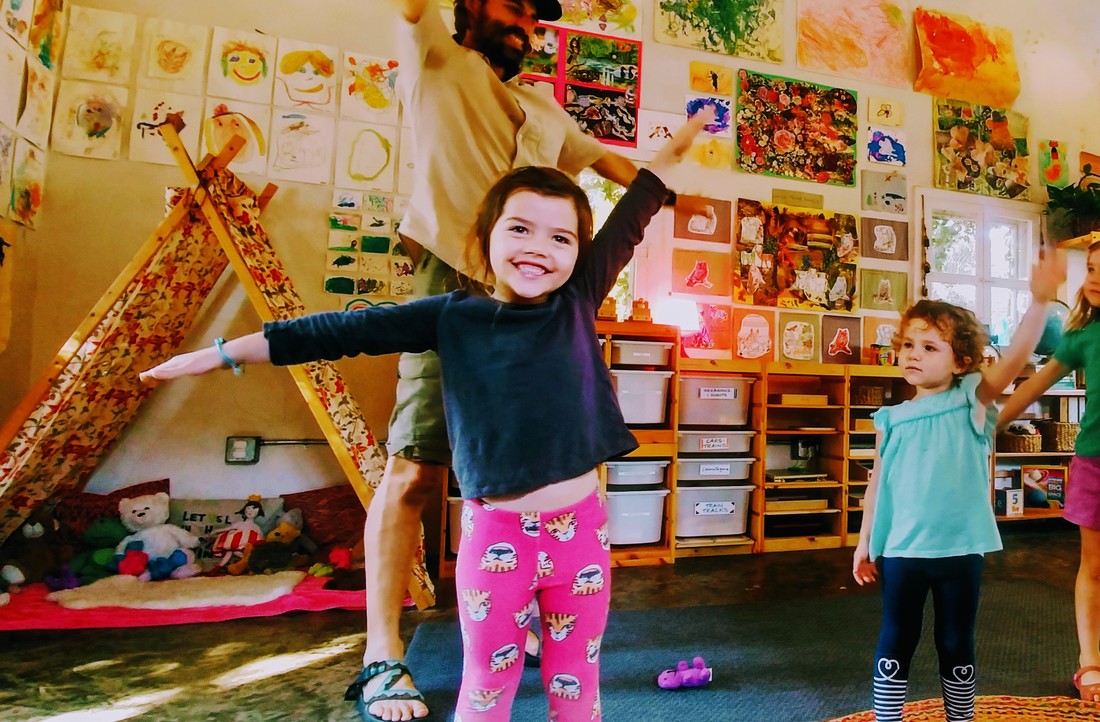
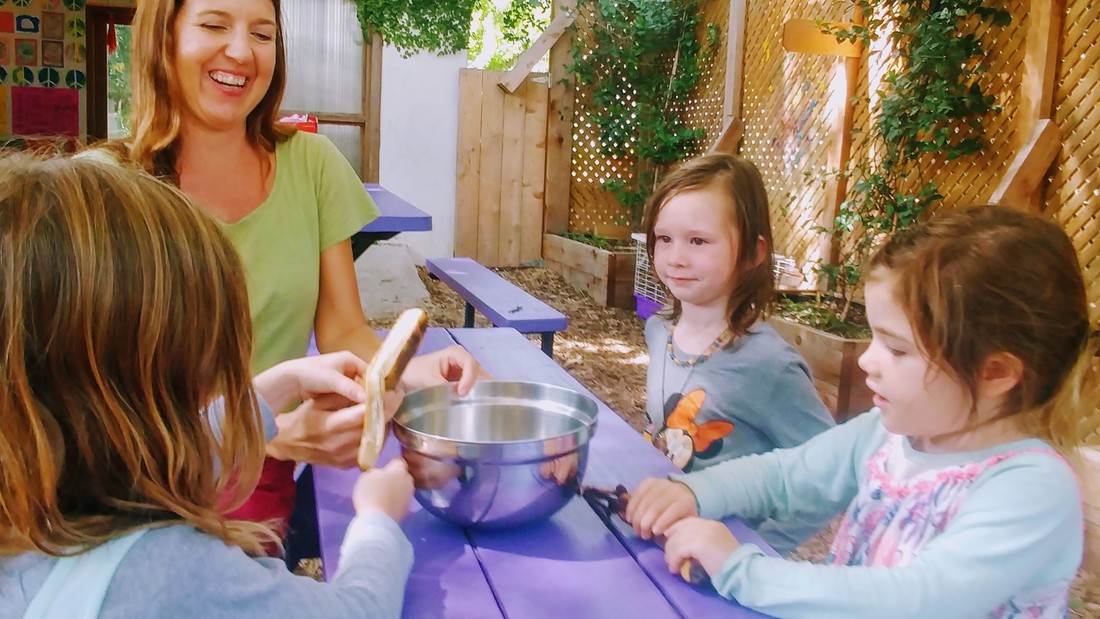
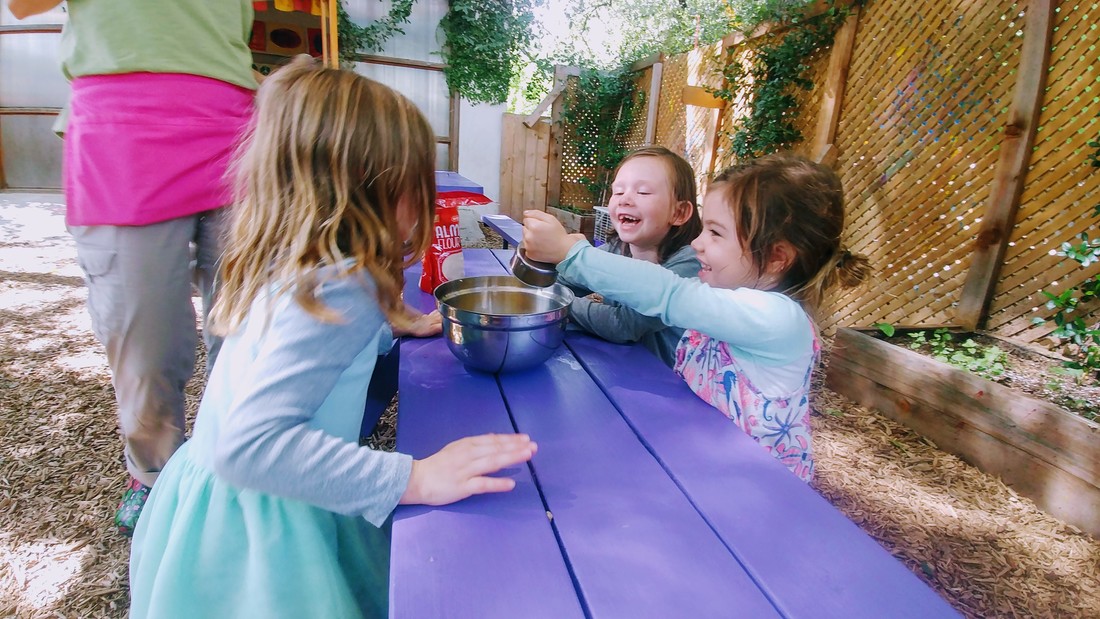
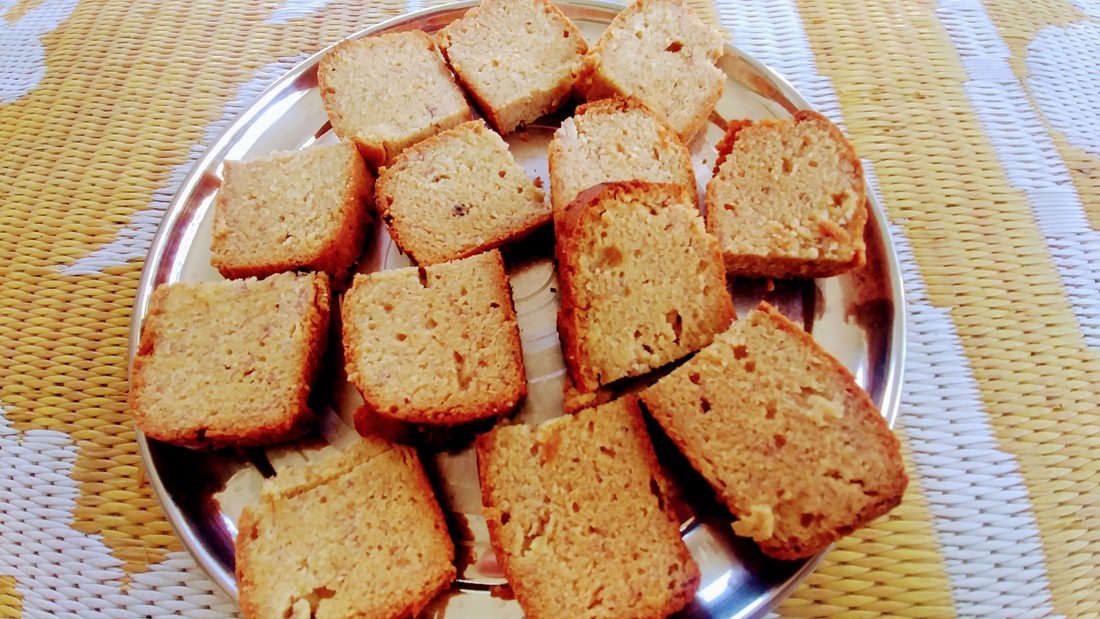
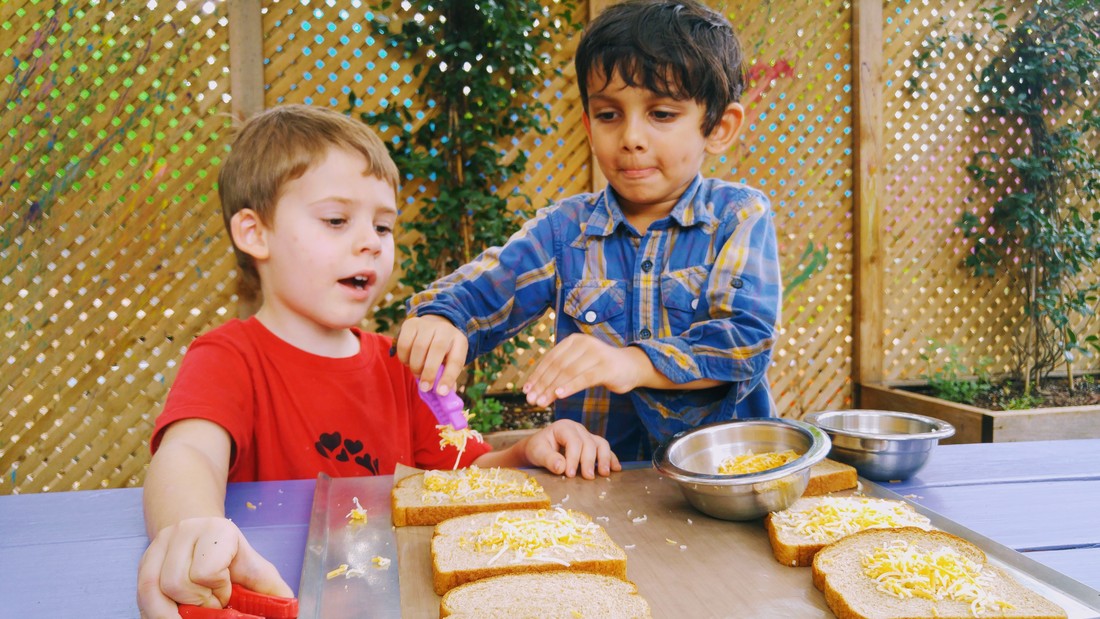
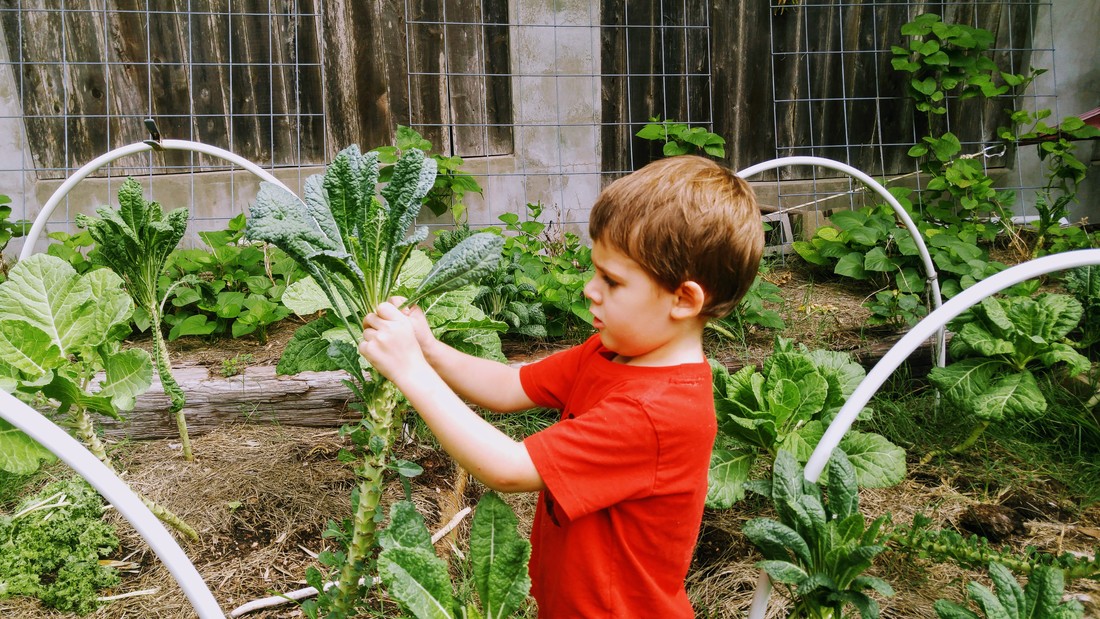
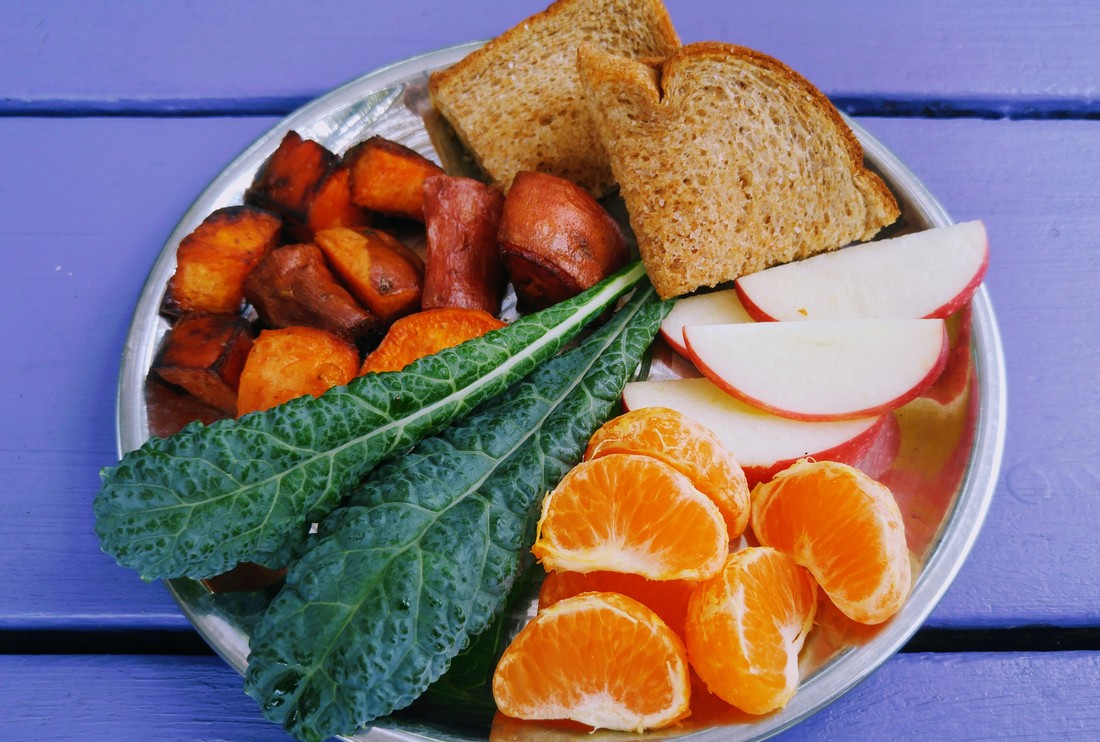
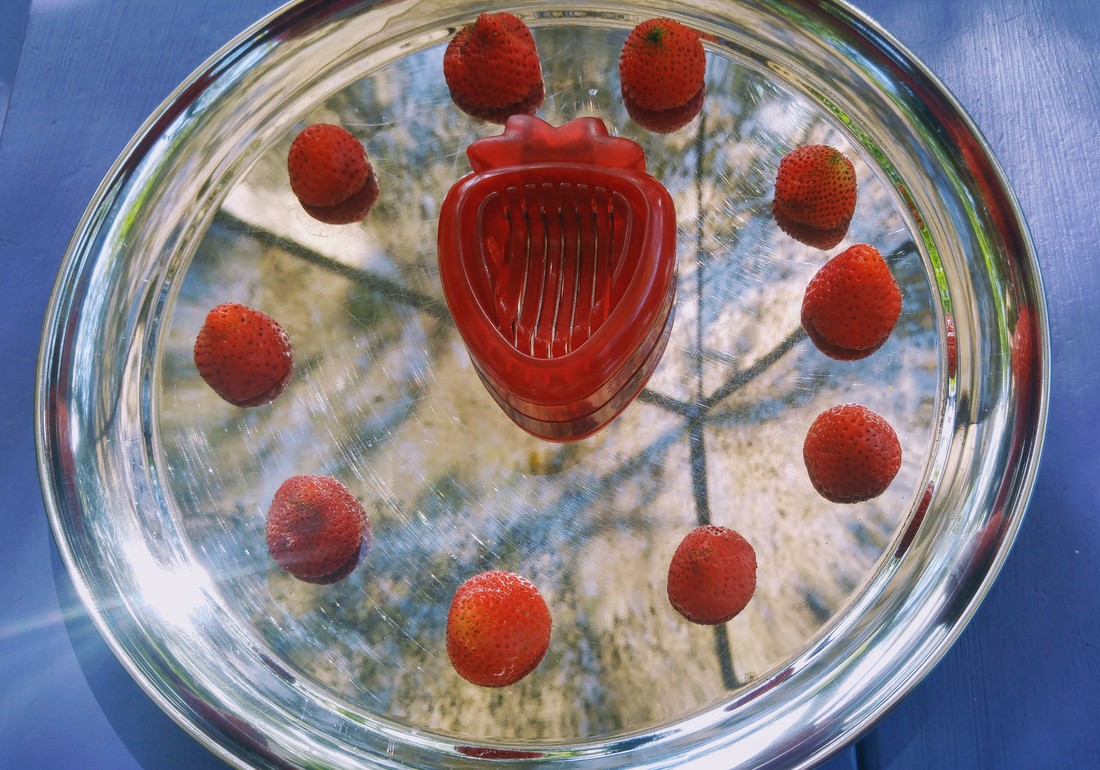
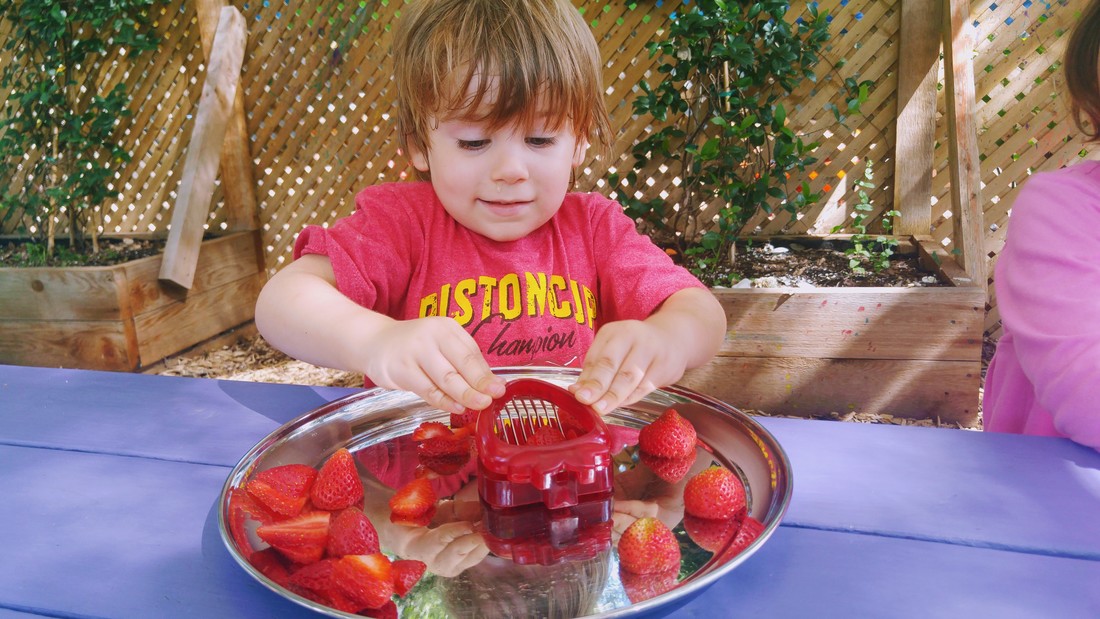
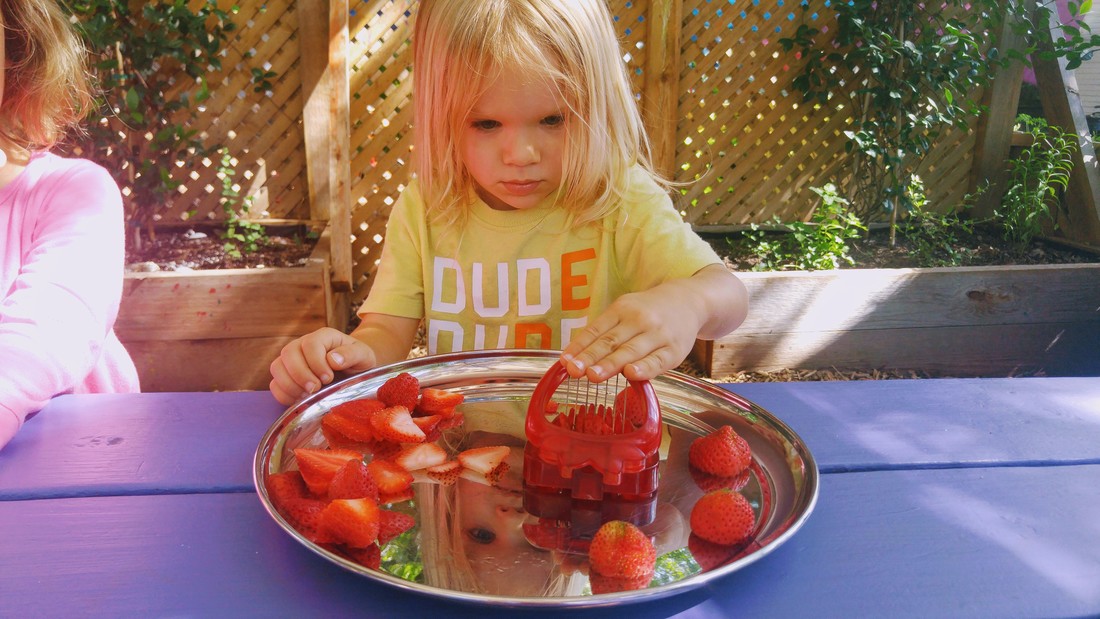
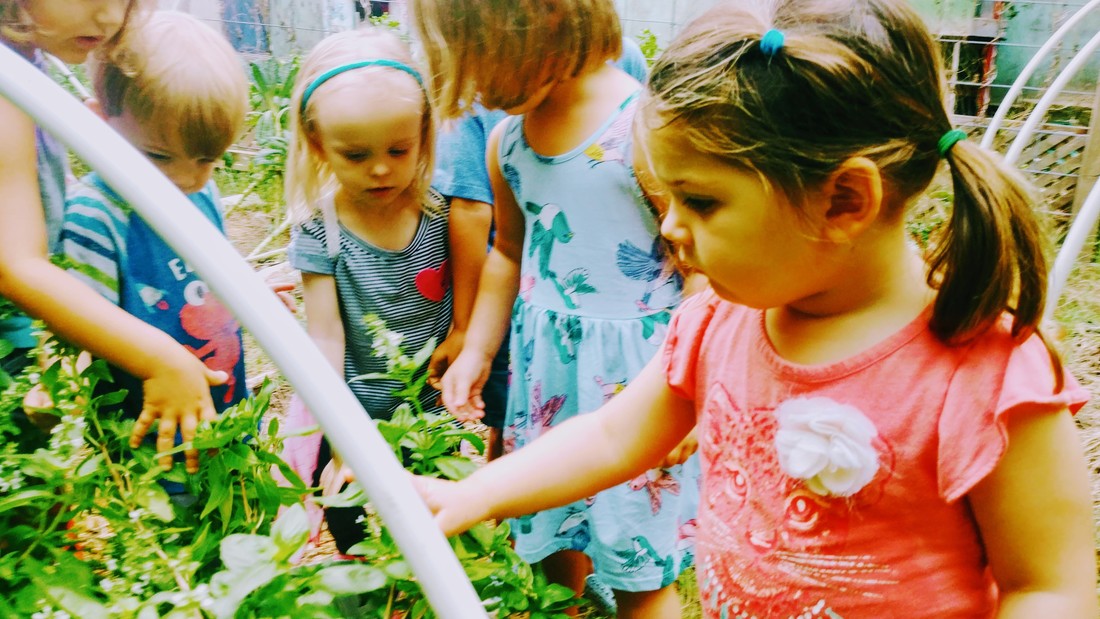
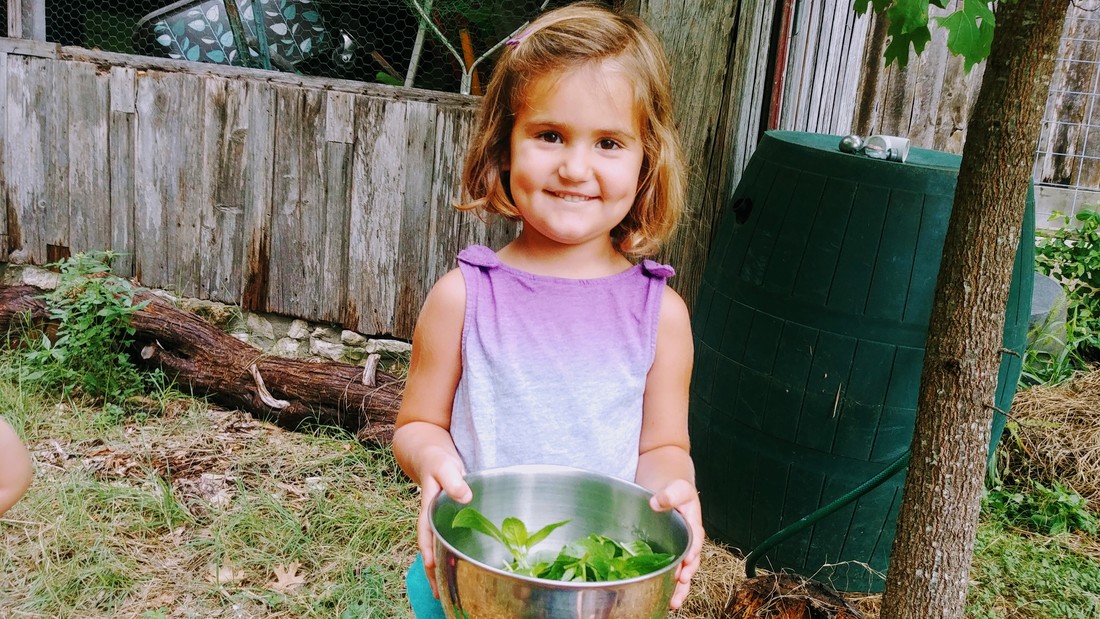
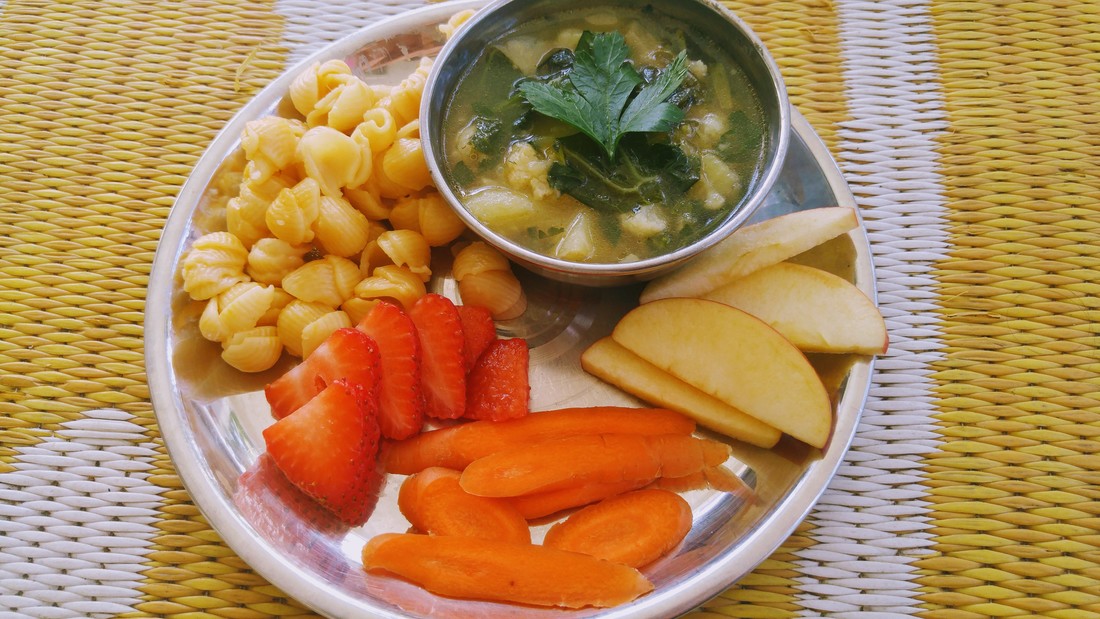
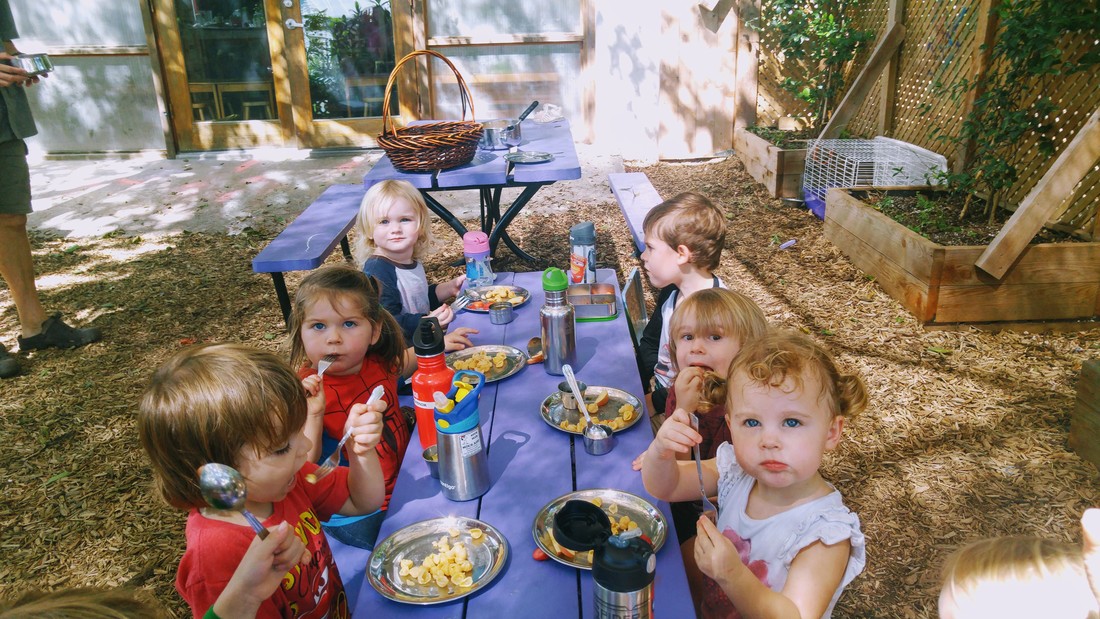
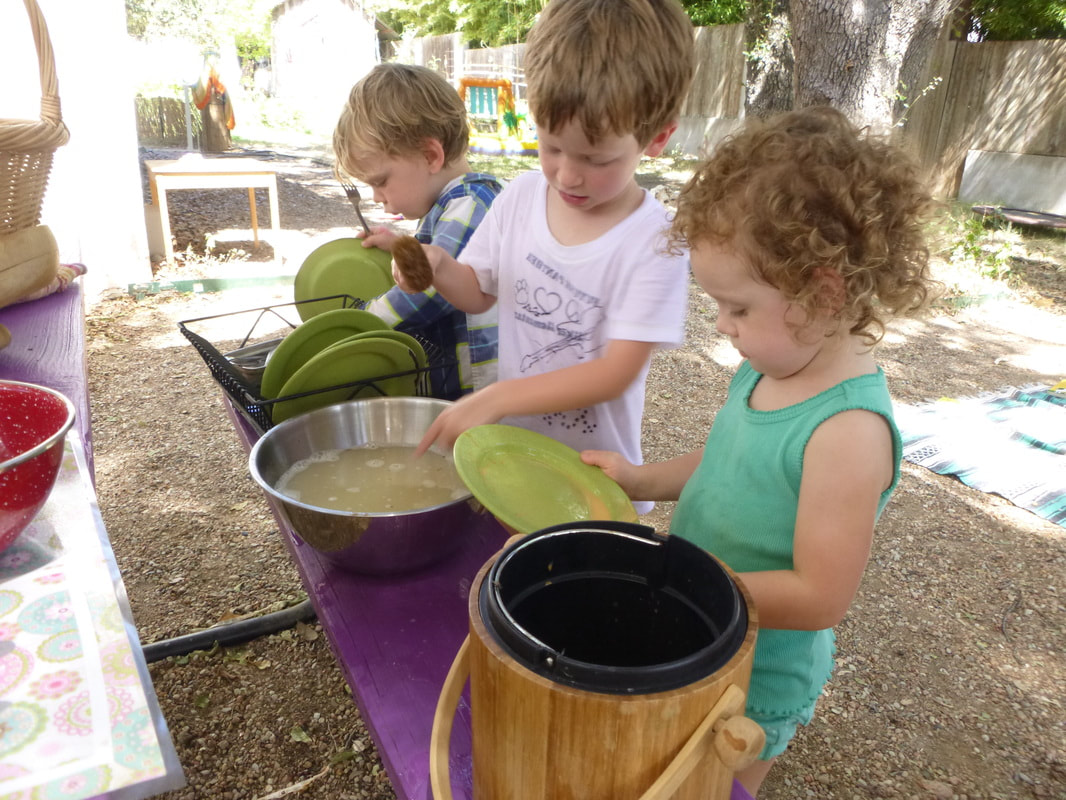
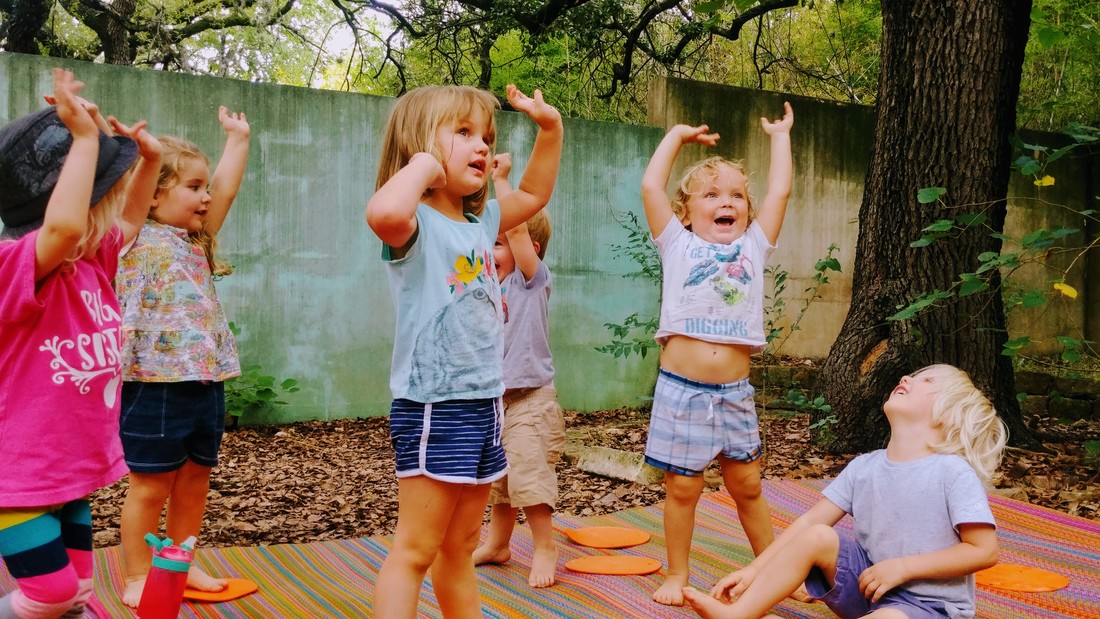

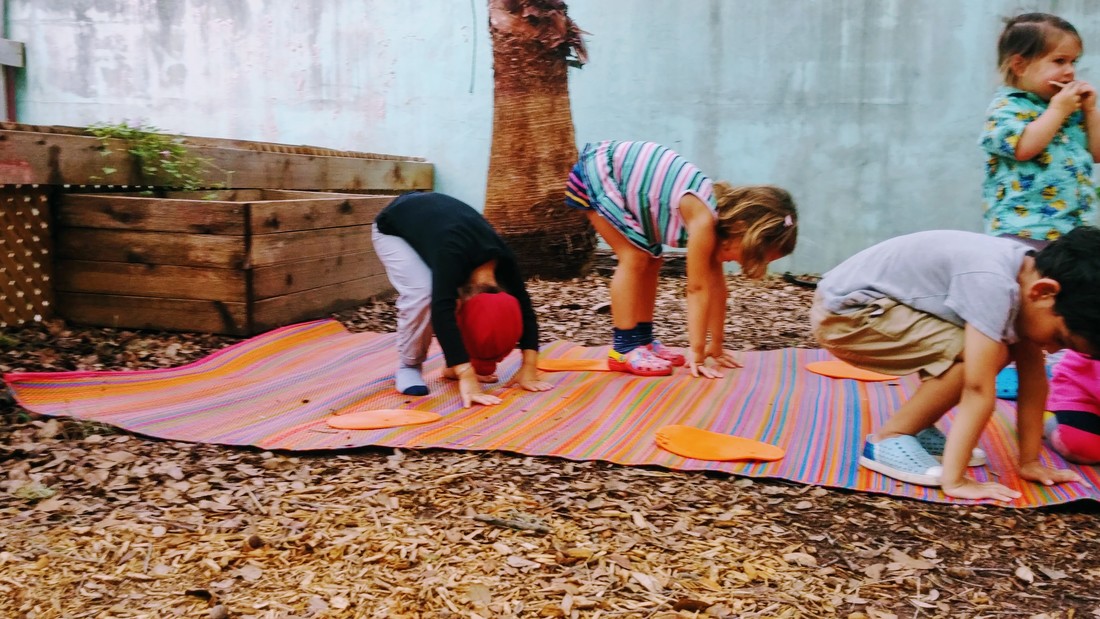
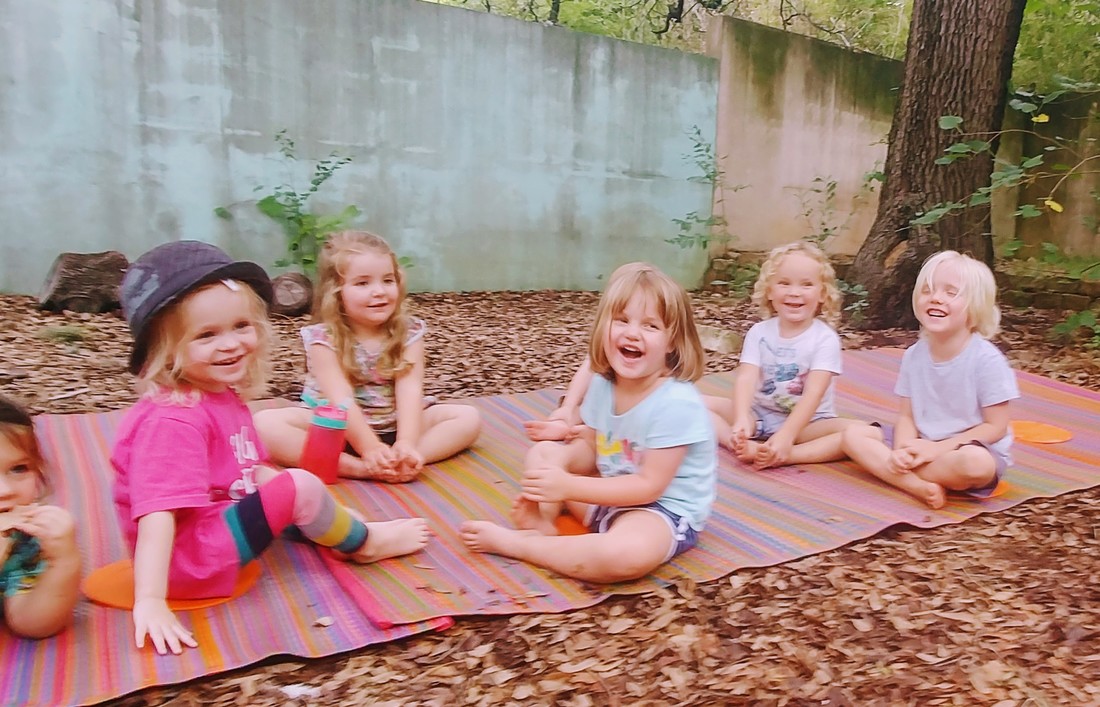
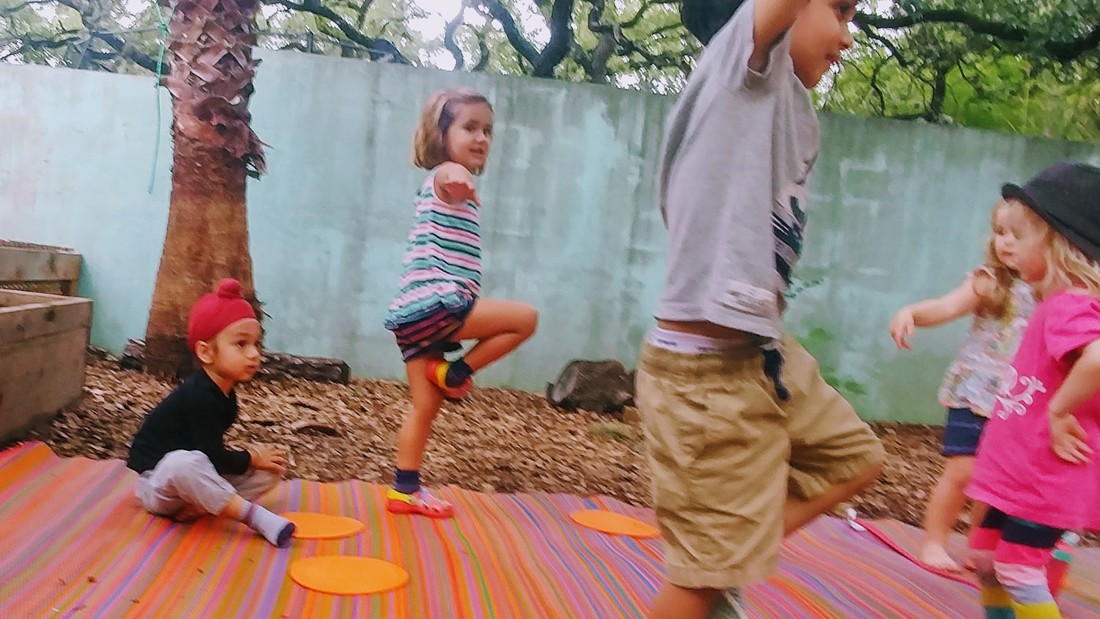
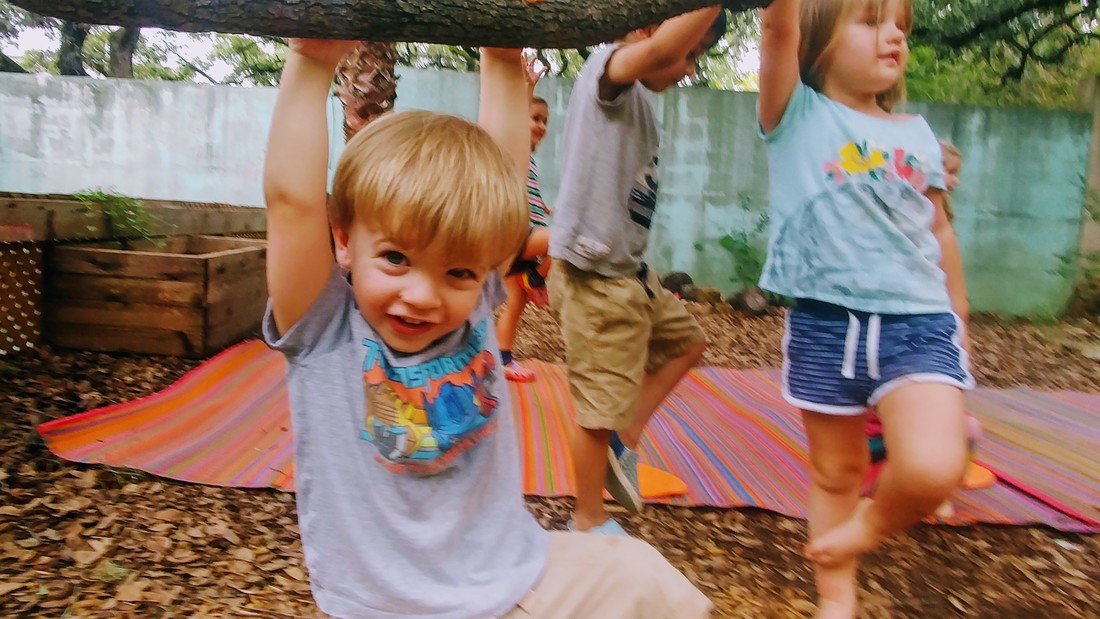
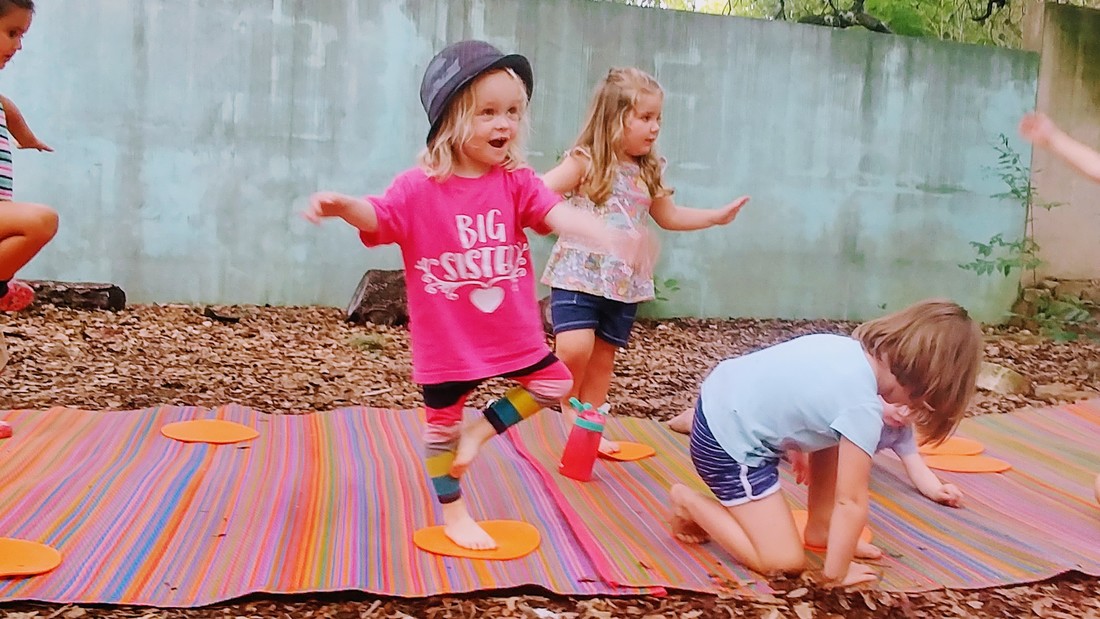

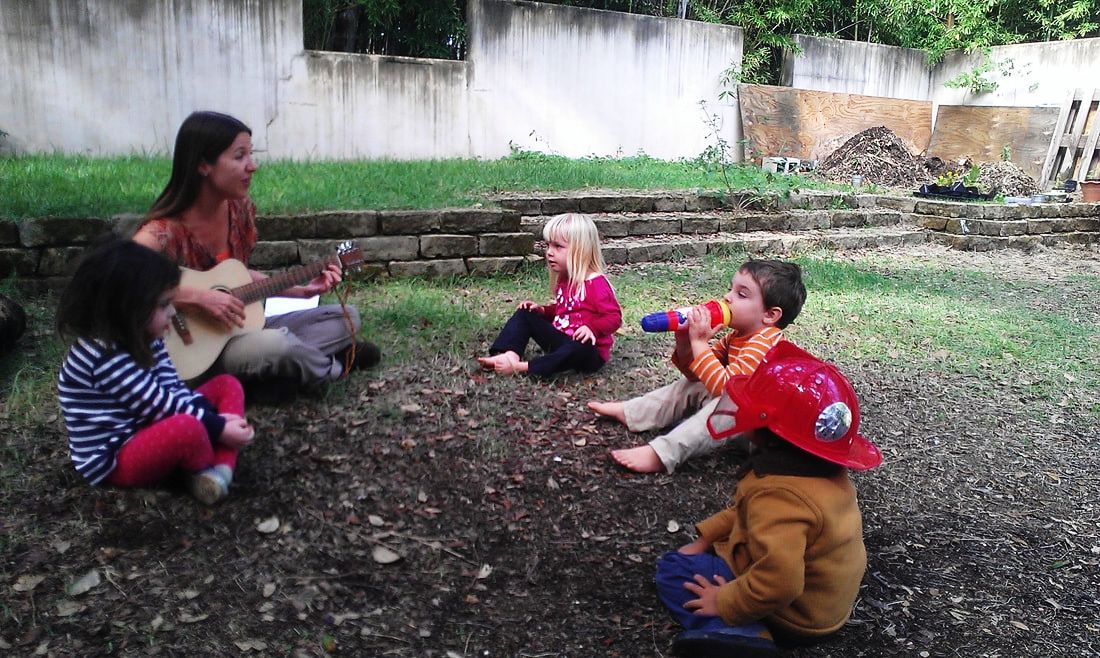
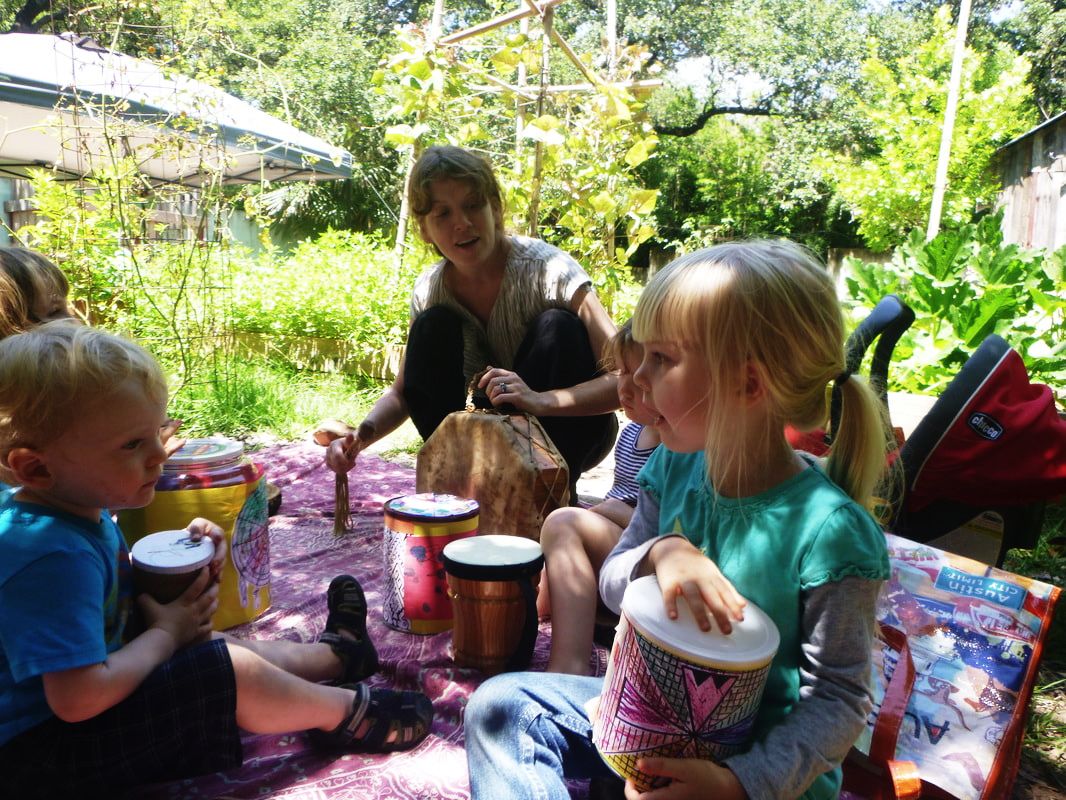
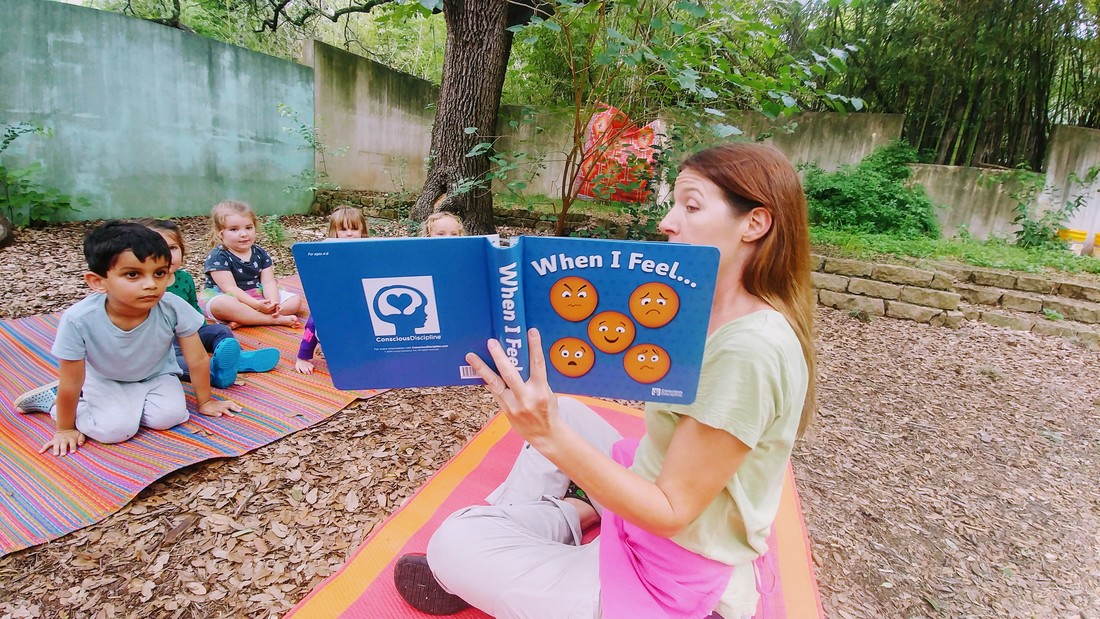
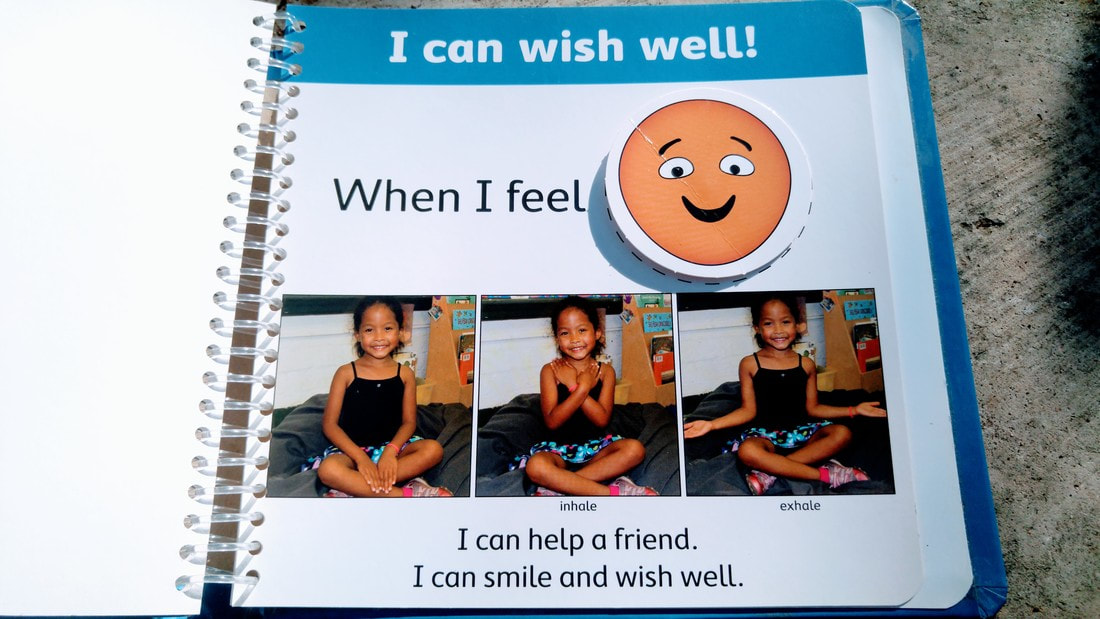
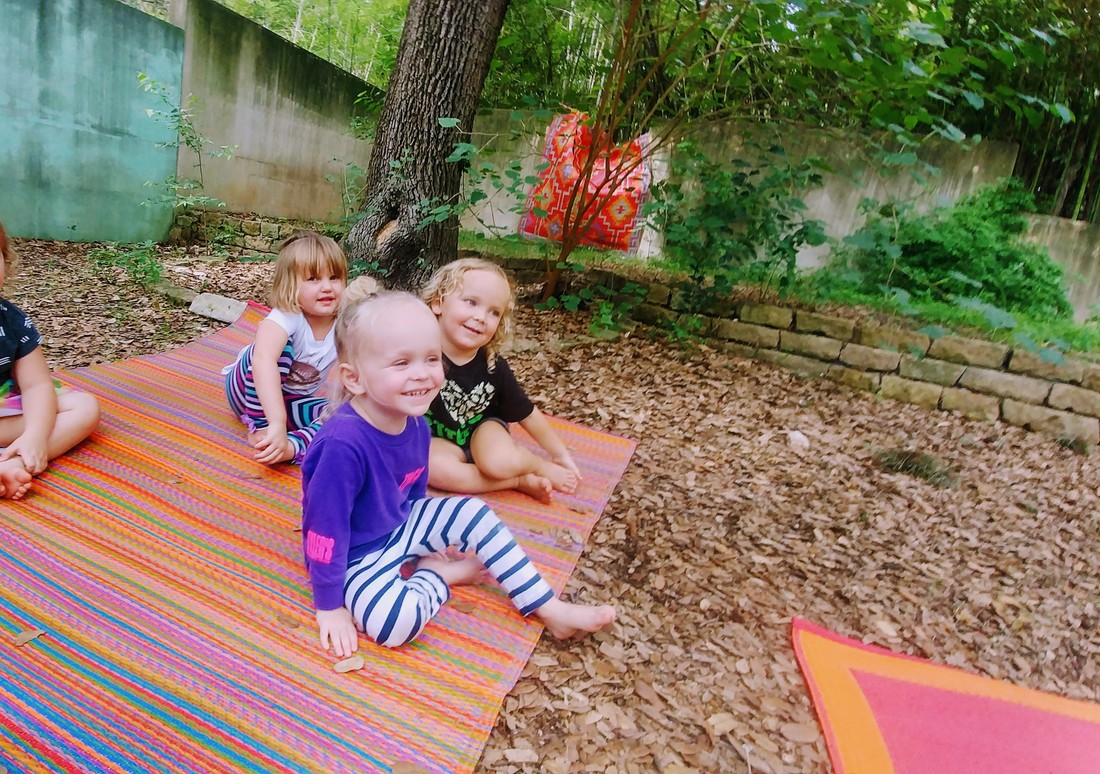
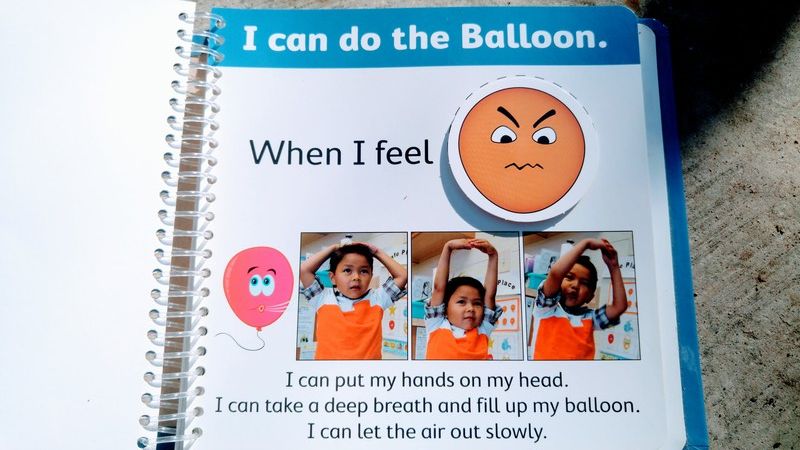
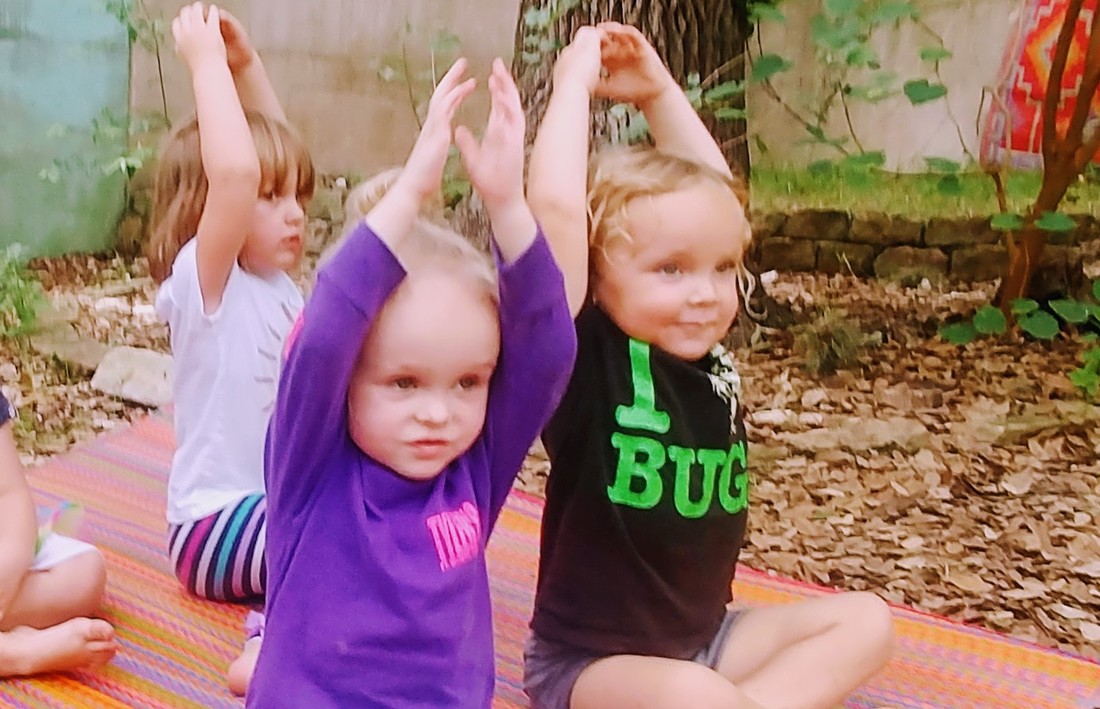
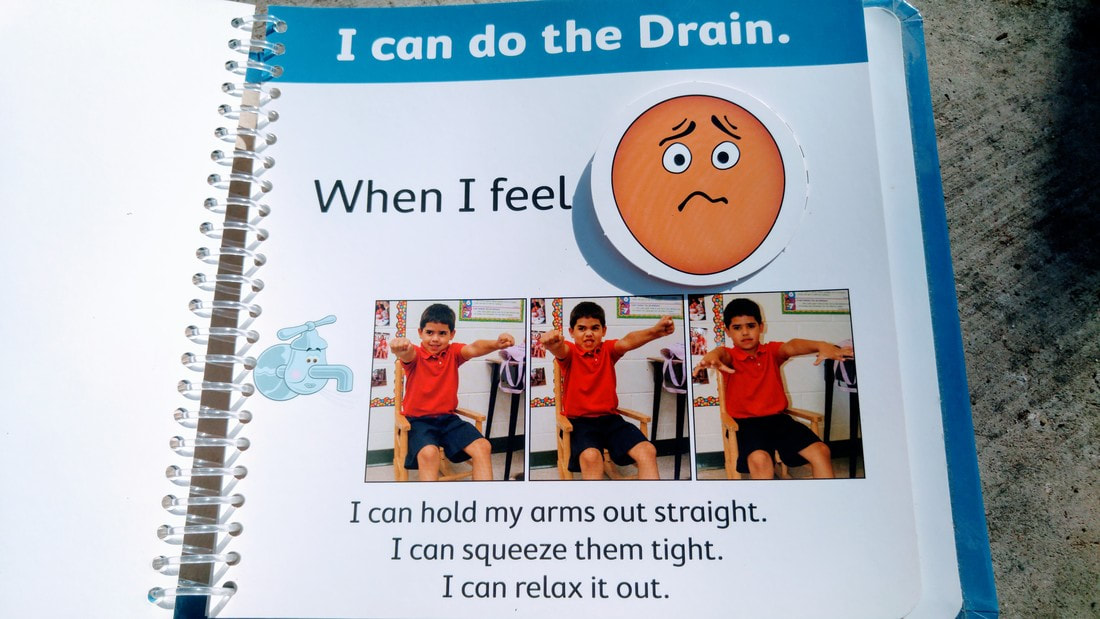
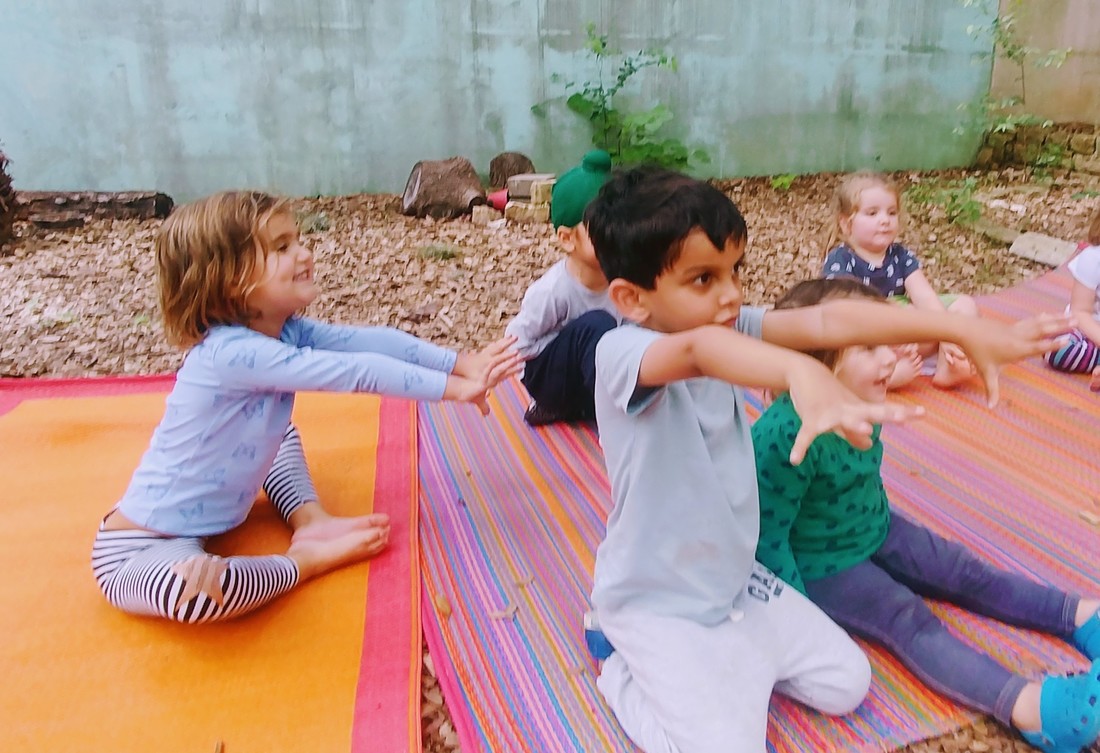

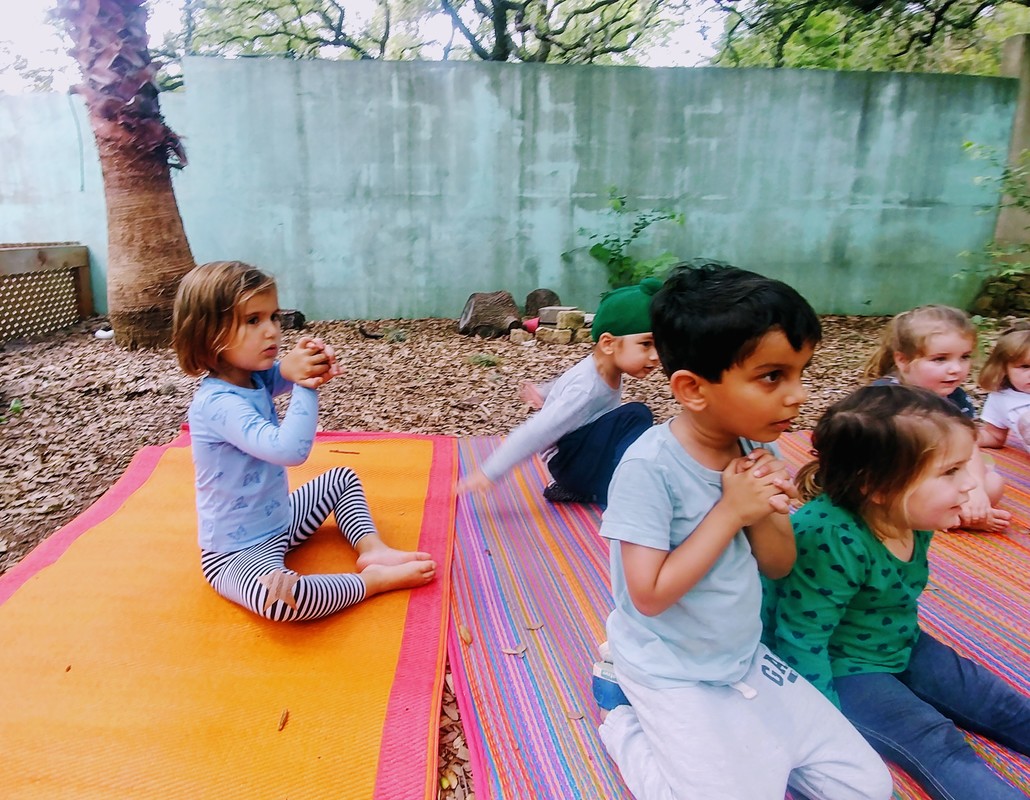

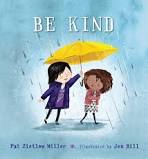
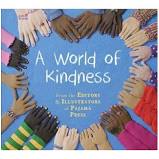
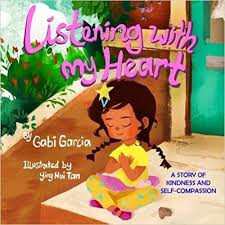

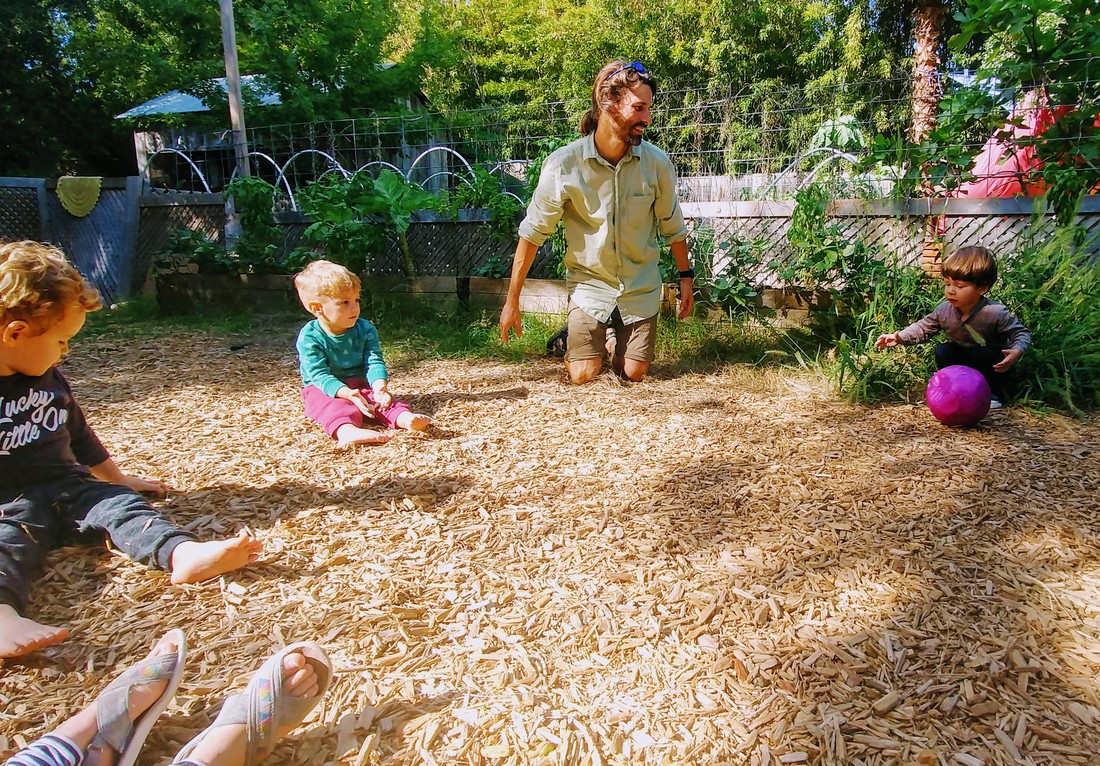
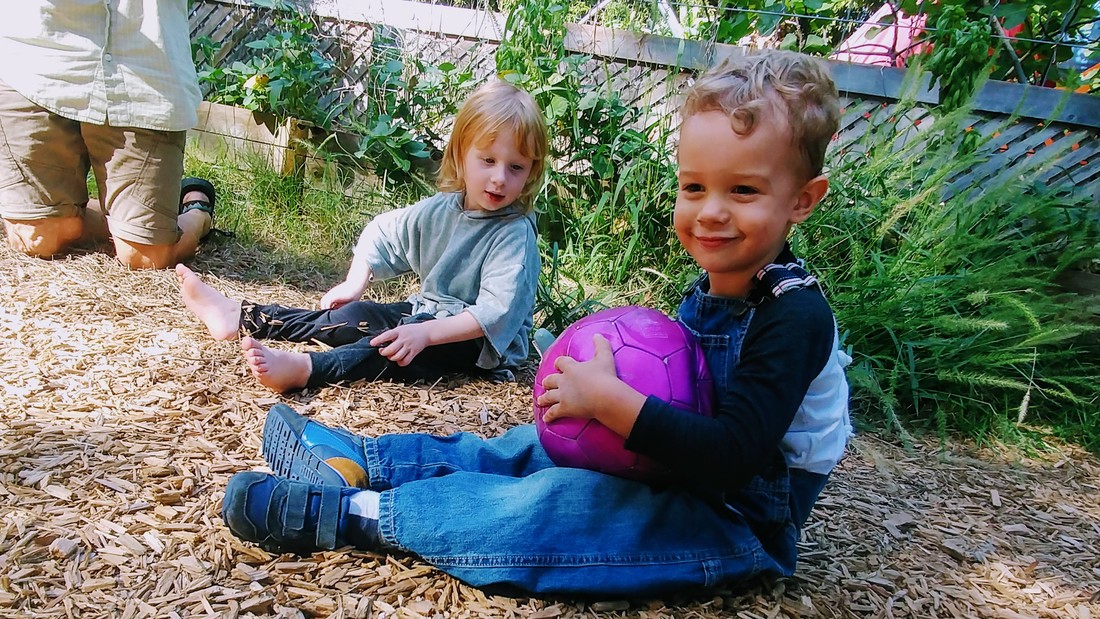
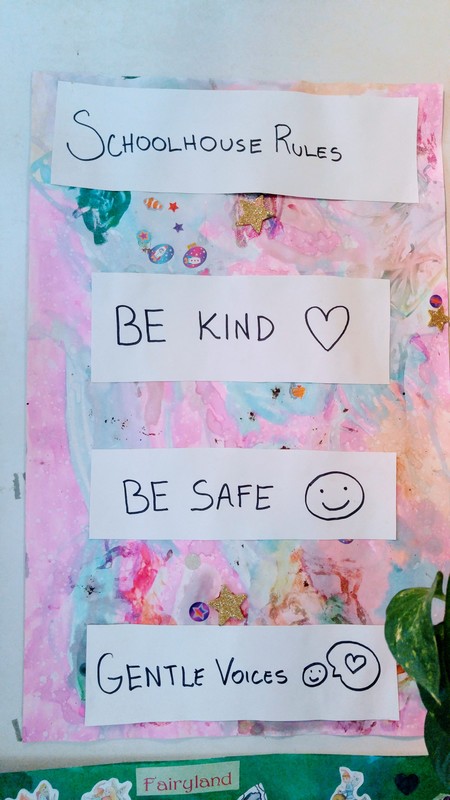
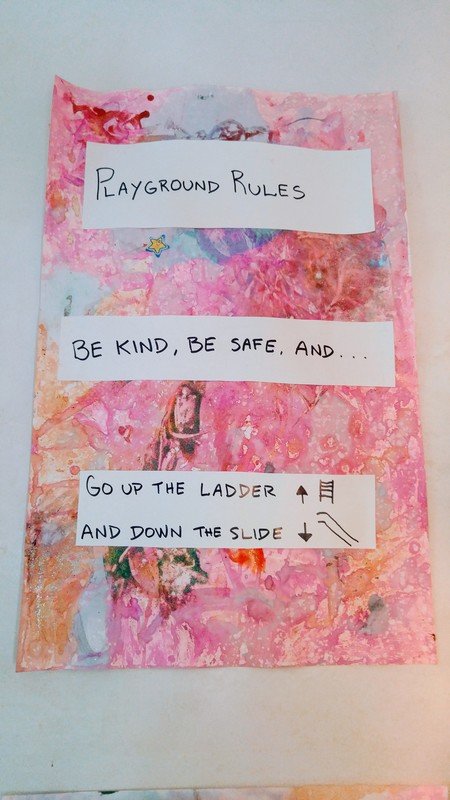
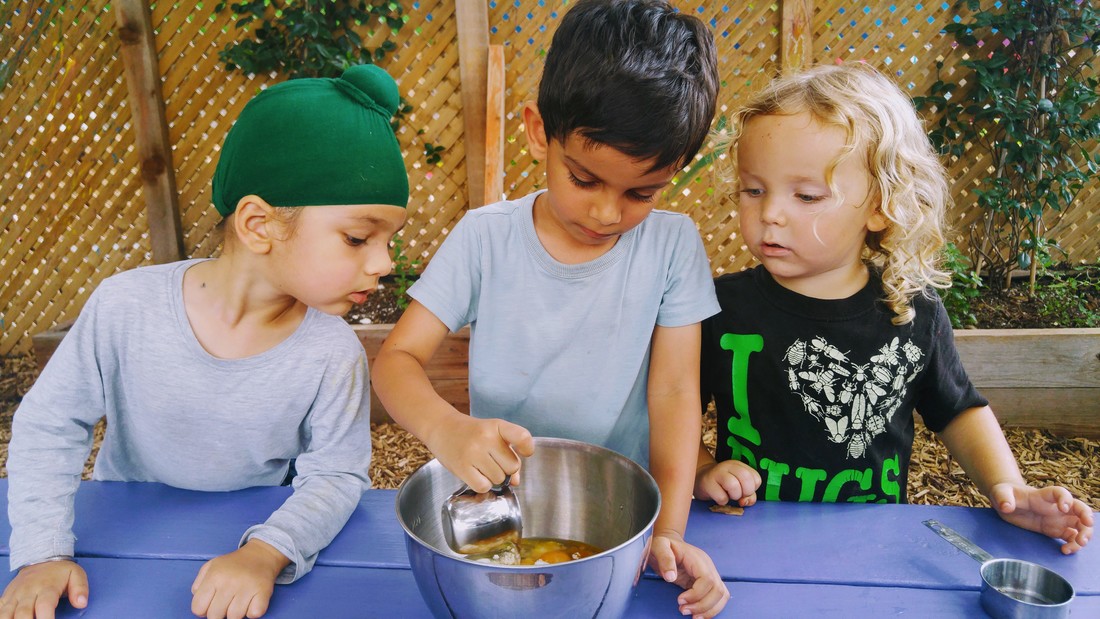
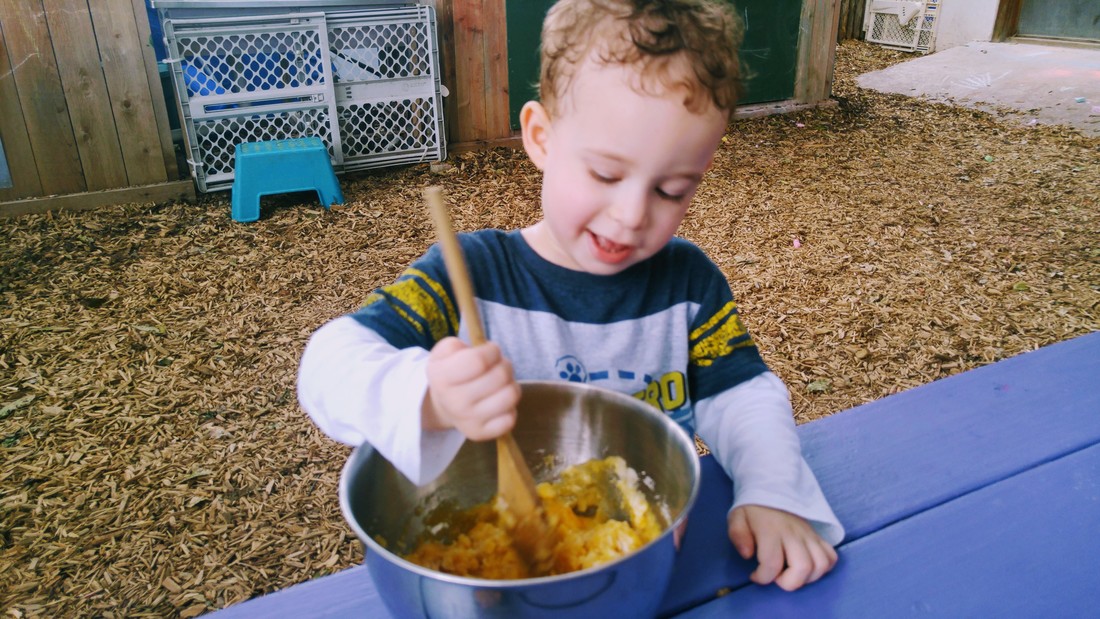
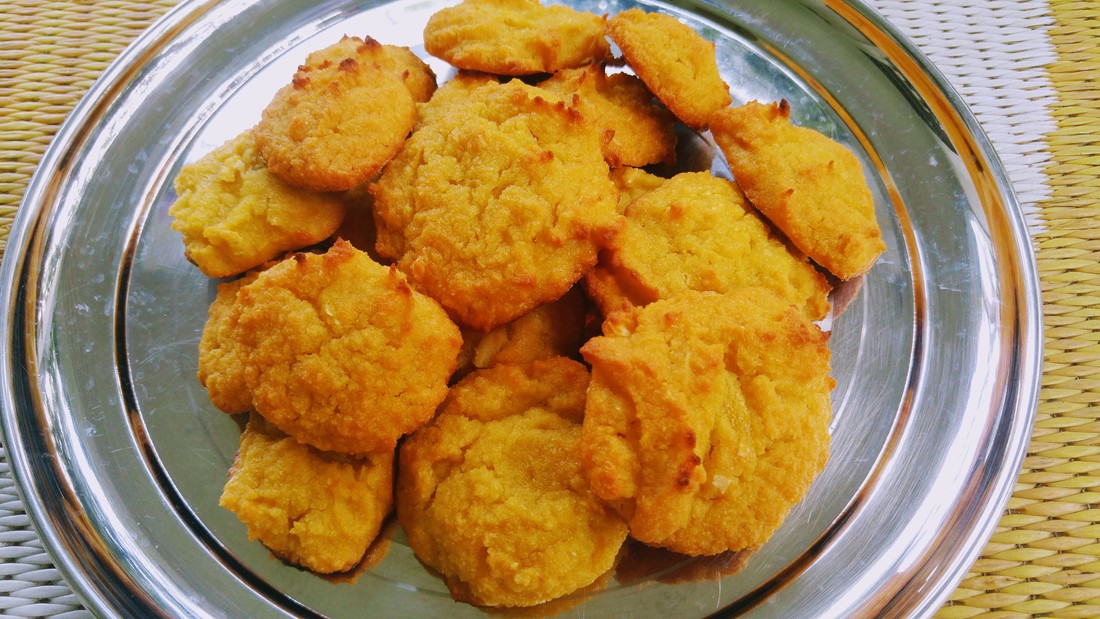
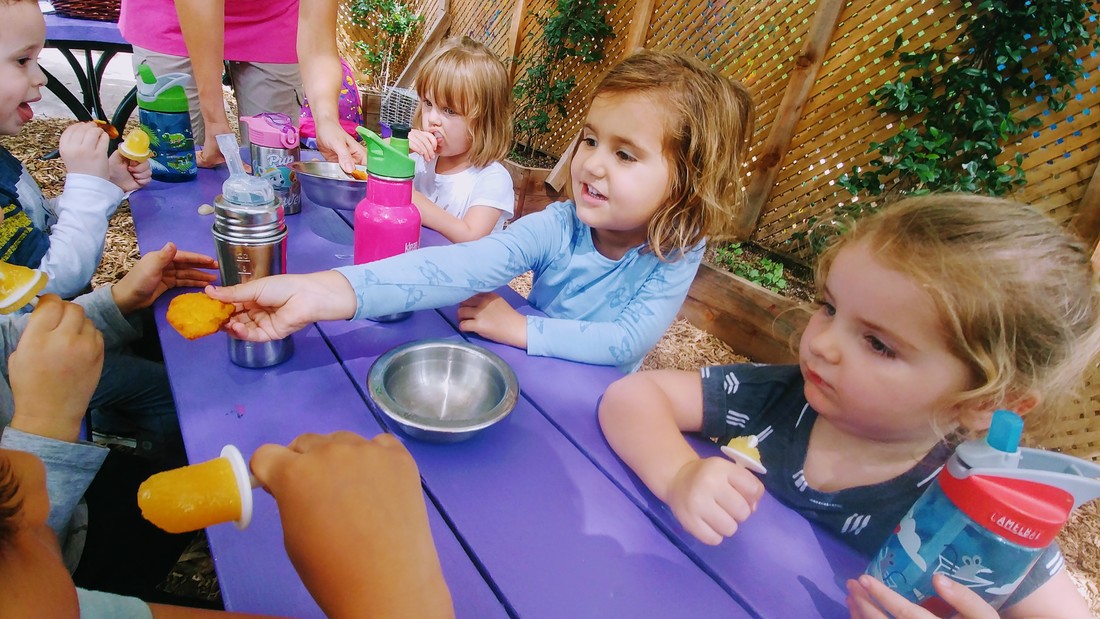

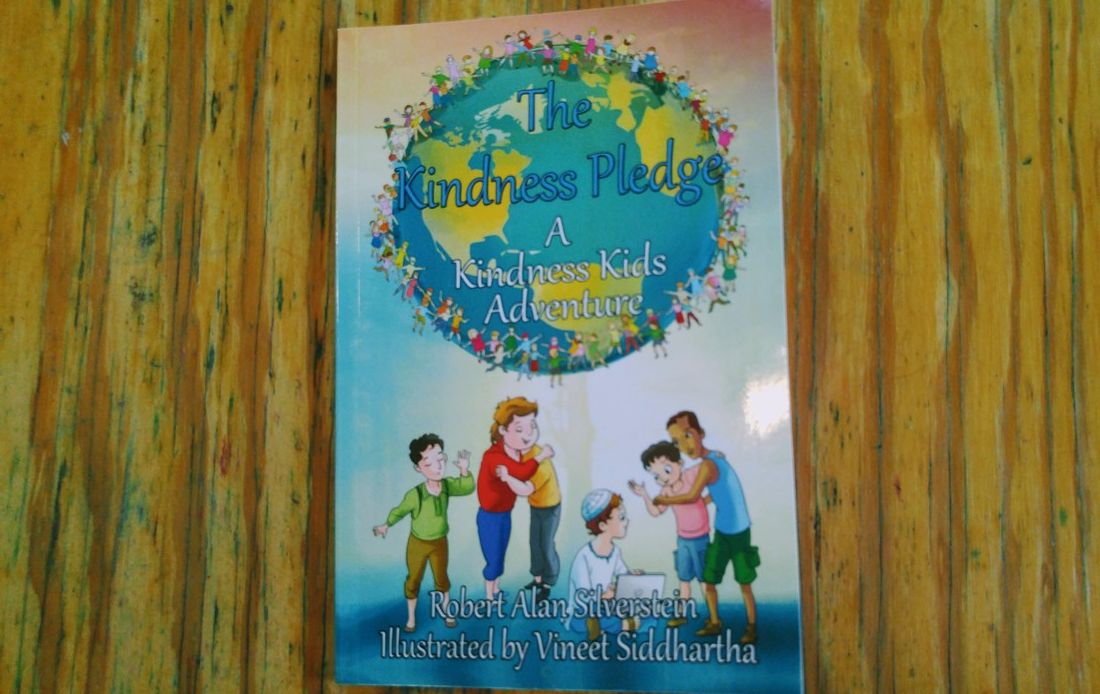
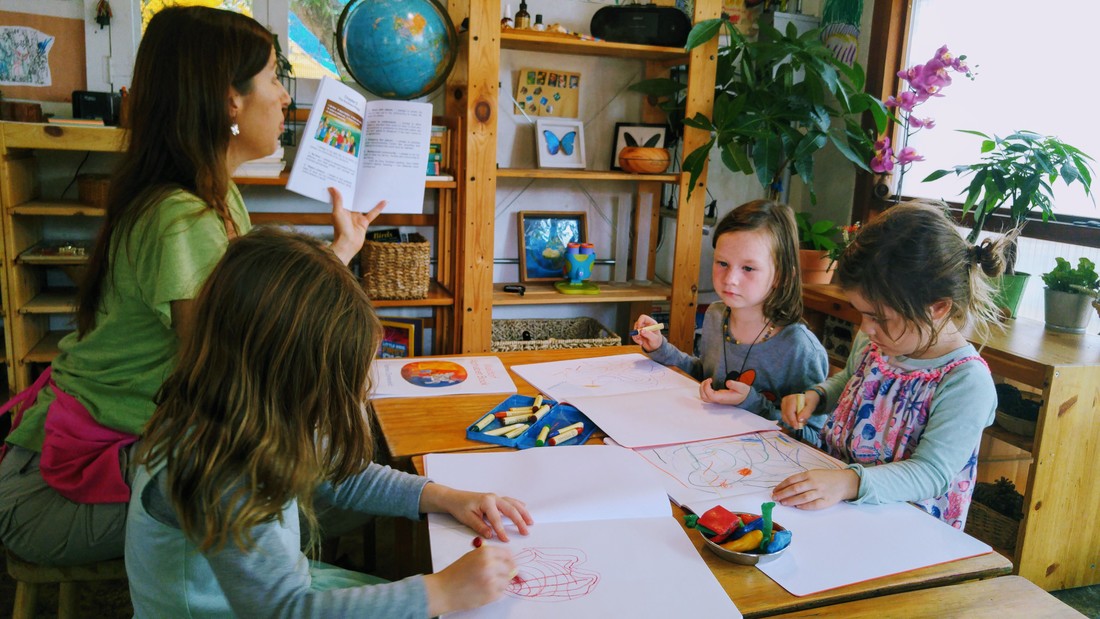
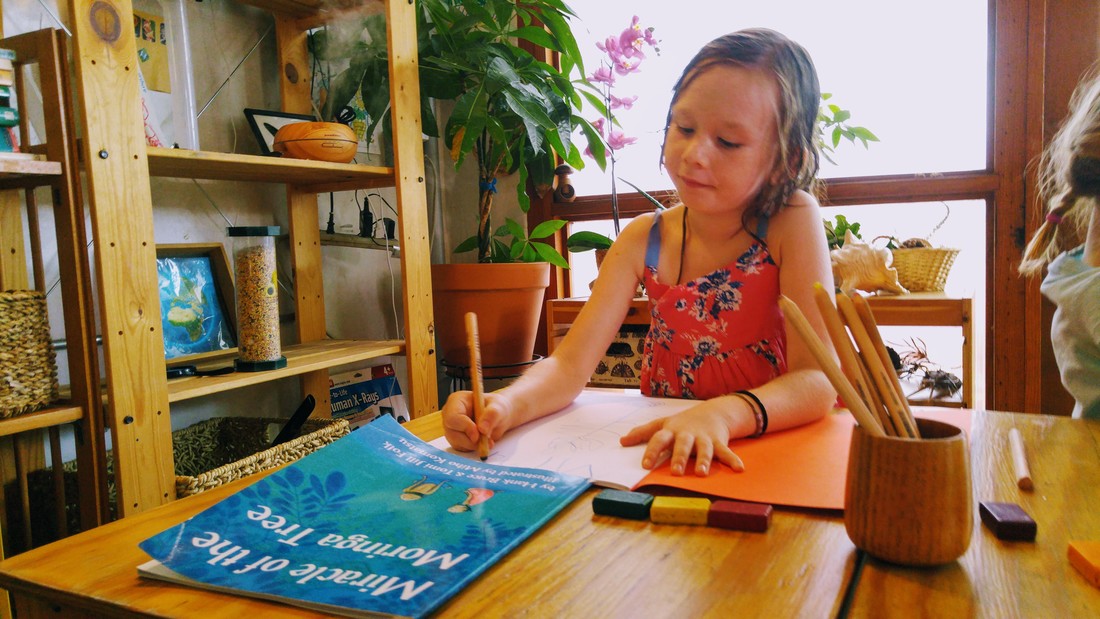
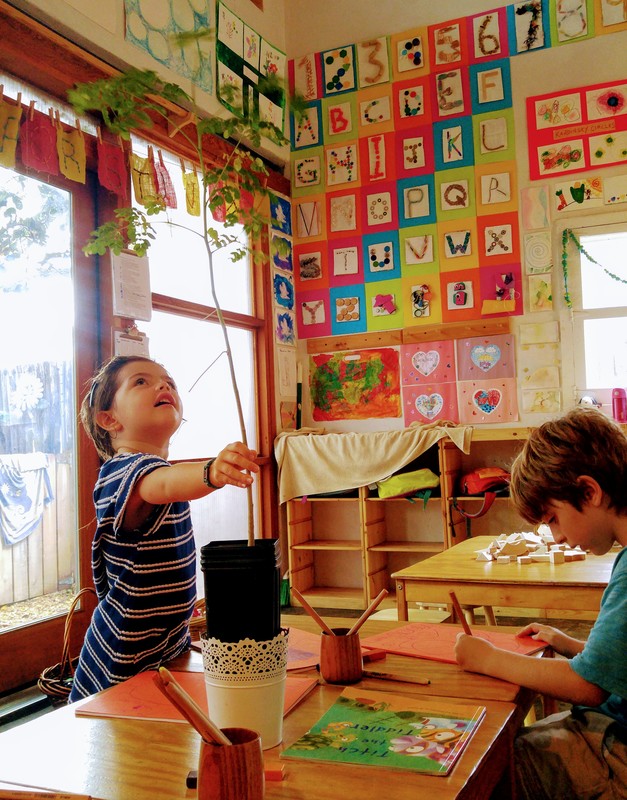
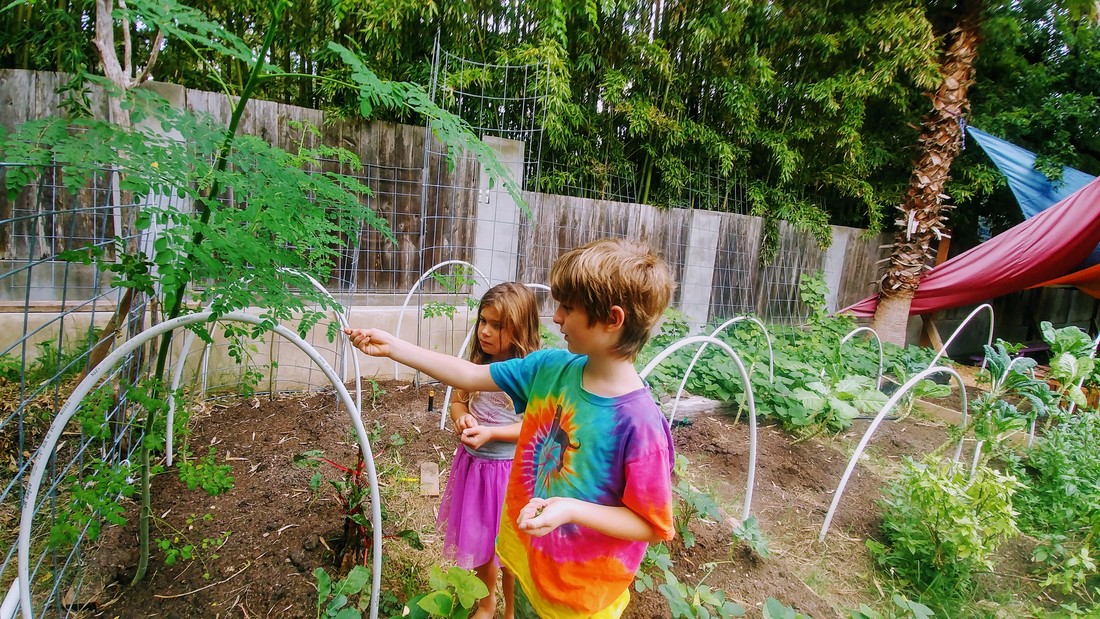
 RSS Feed
RSS Feed